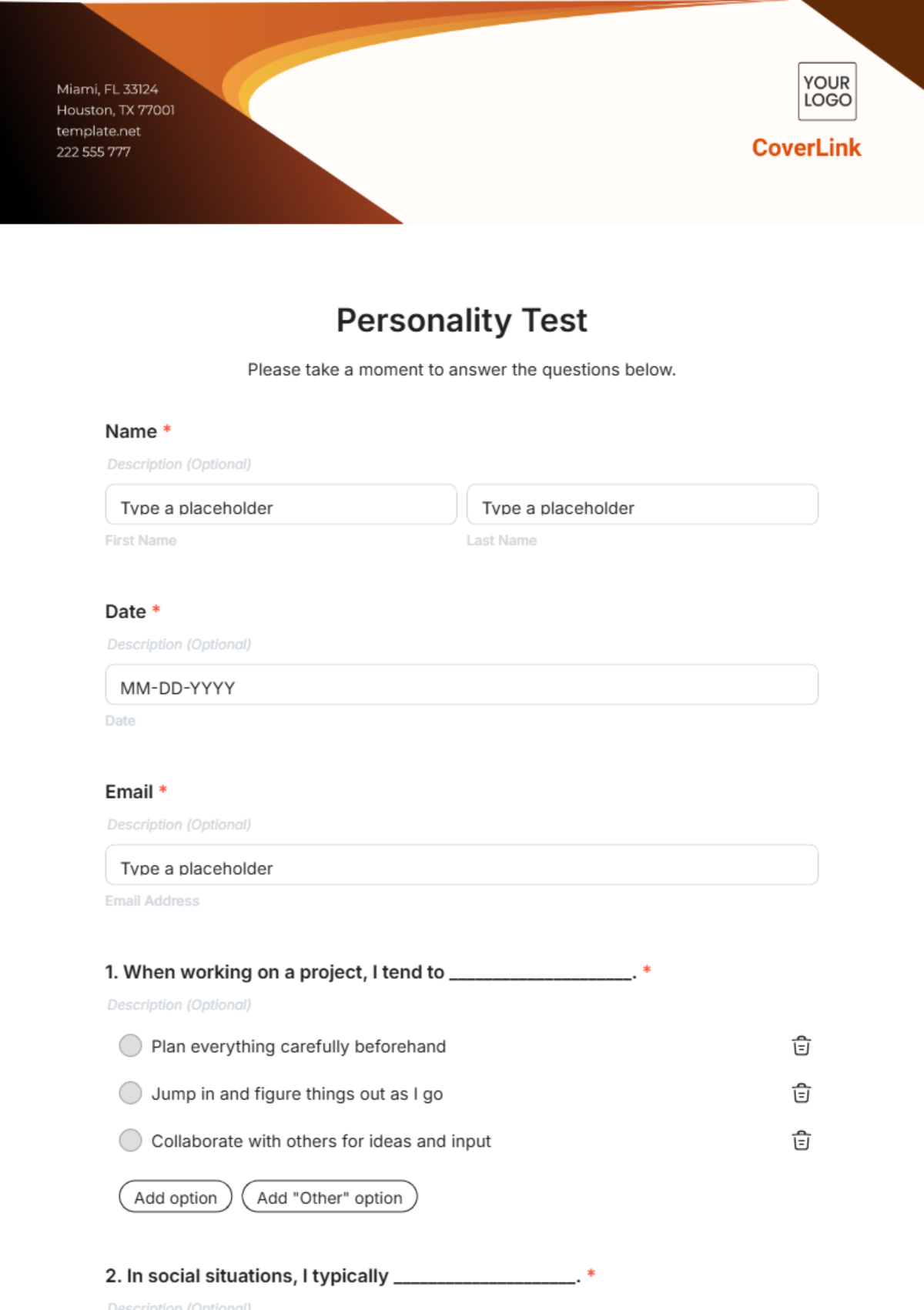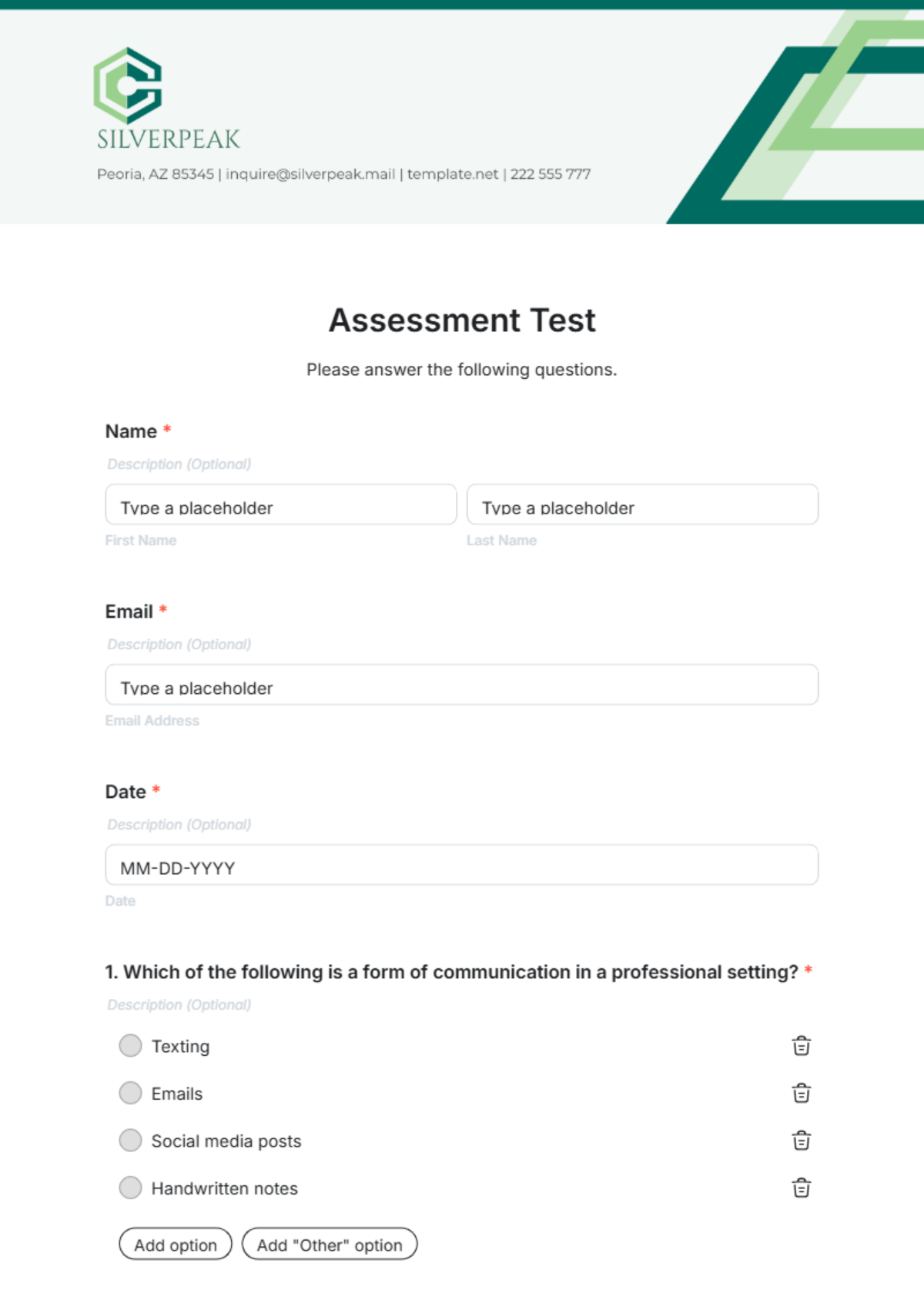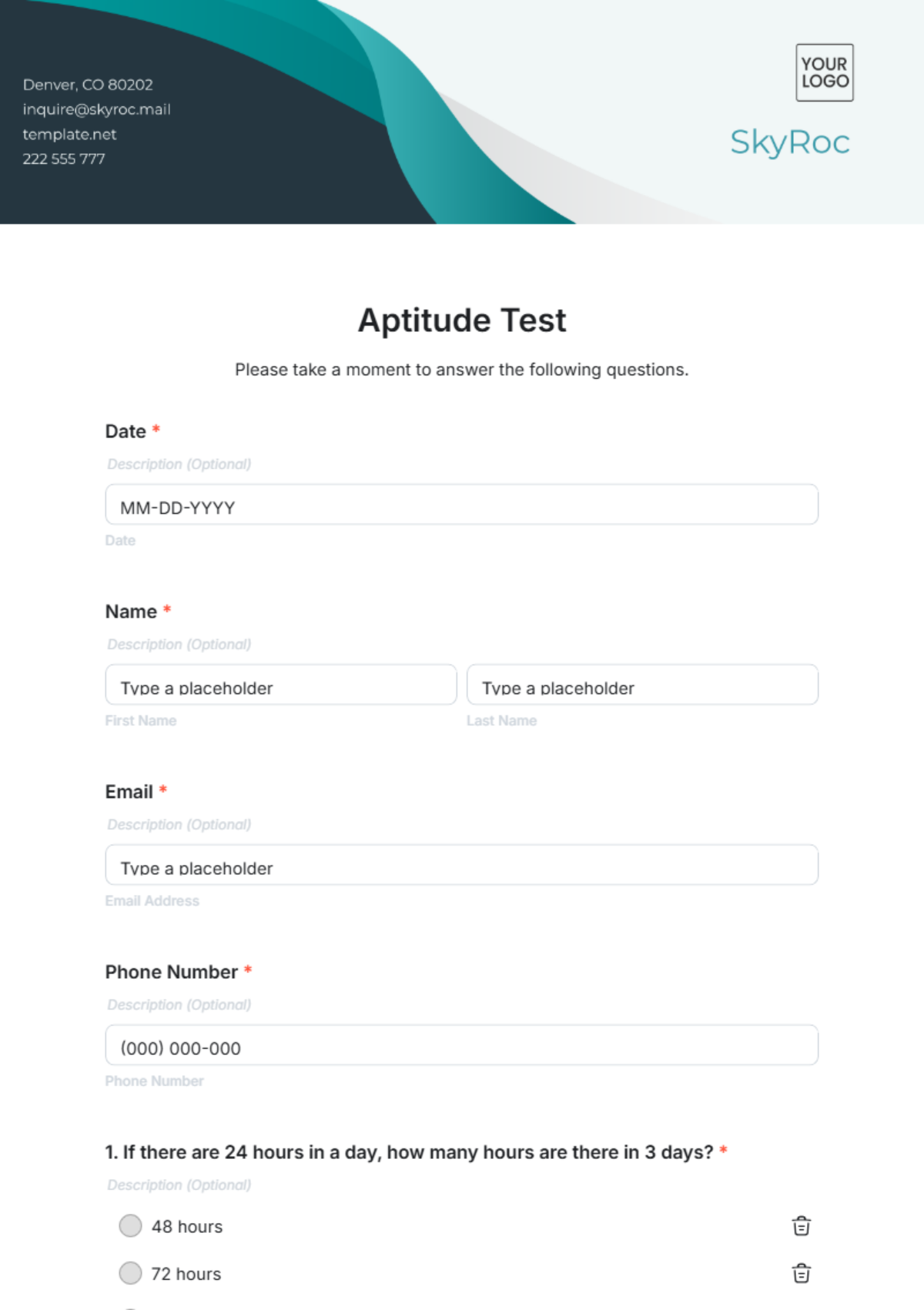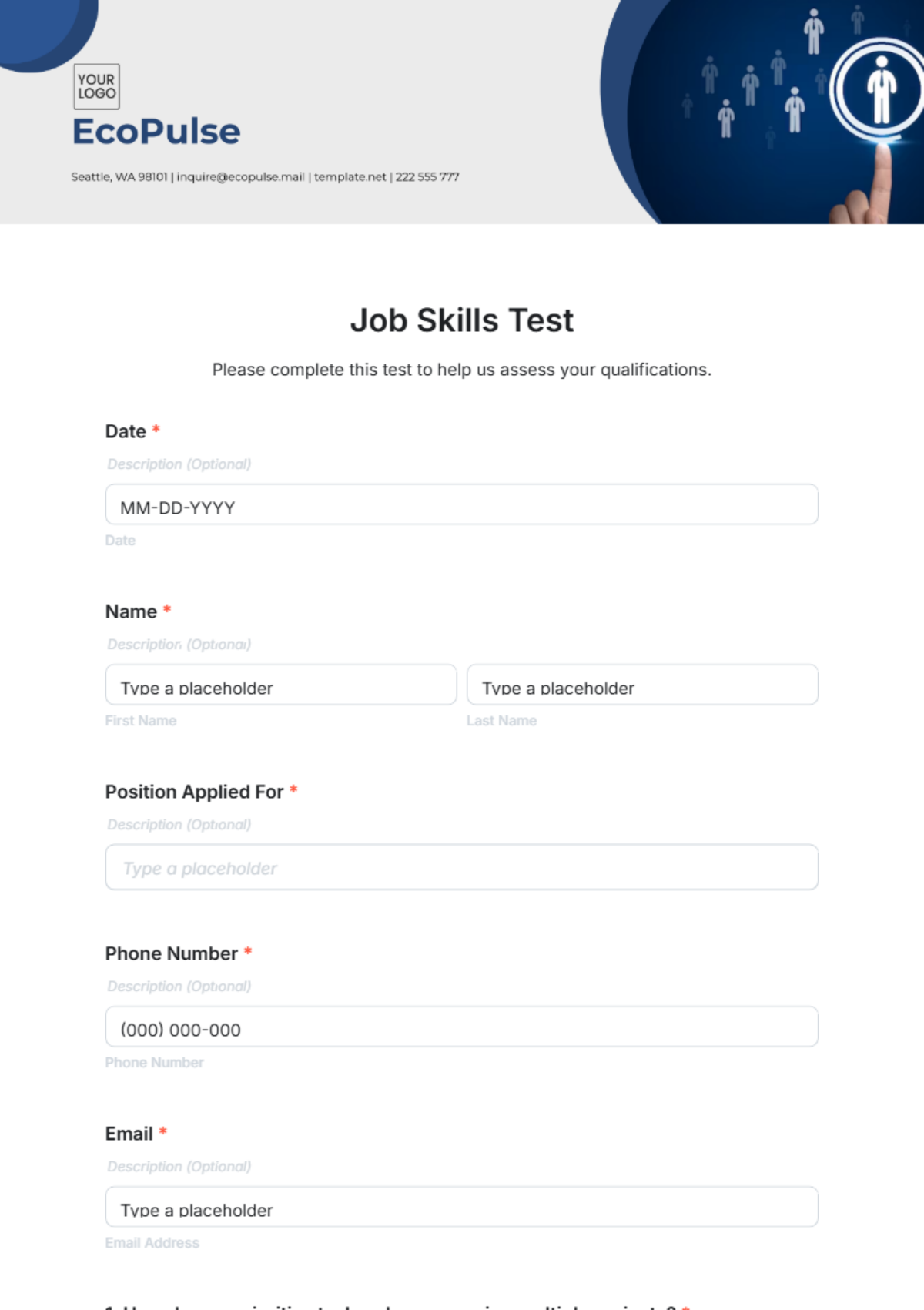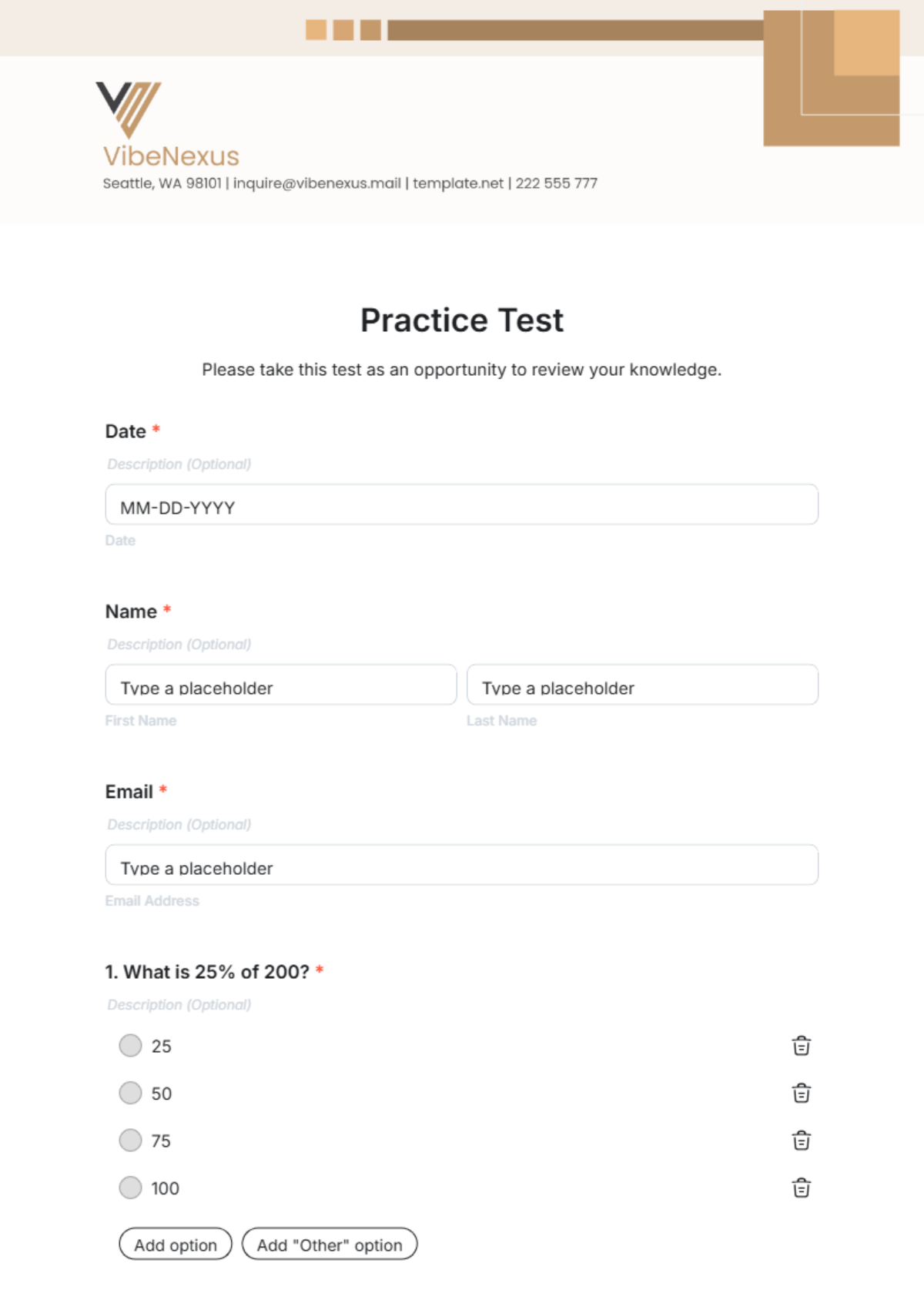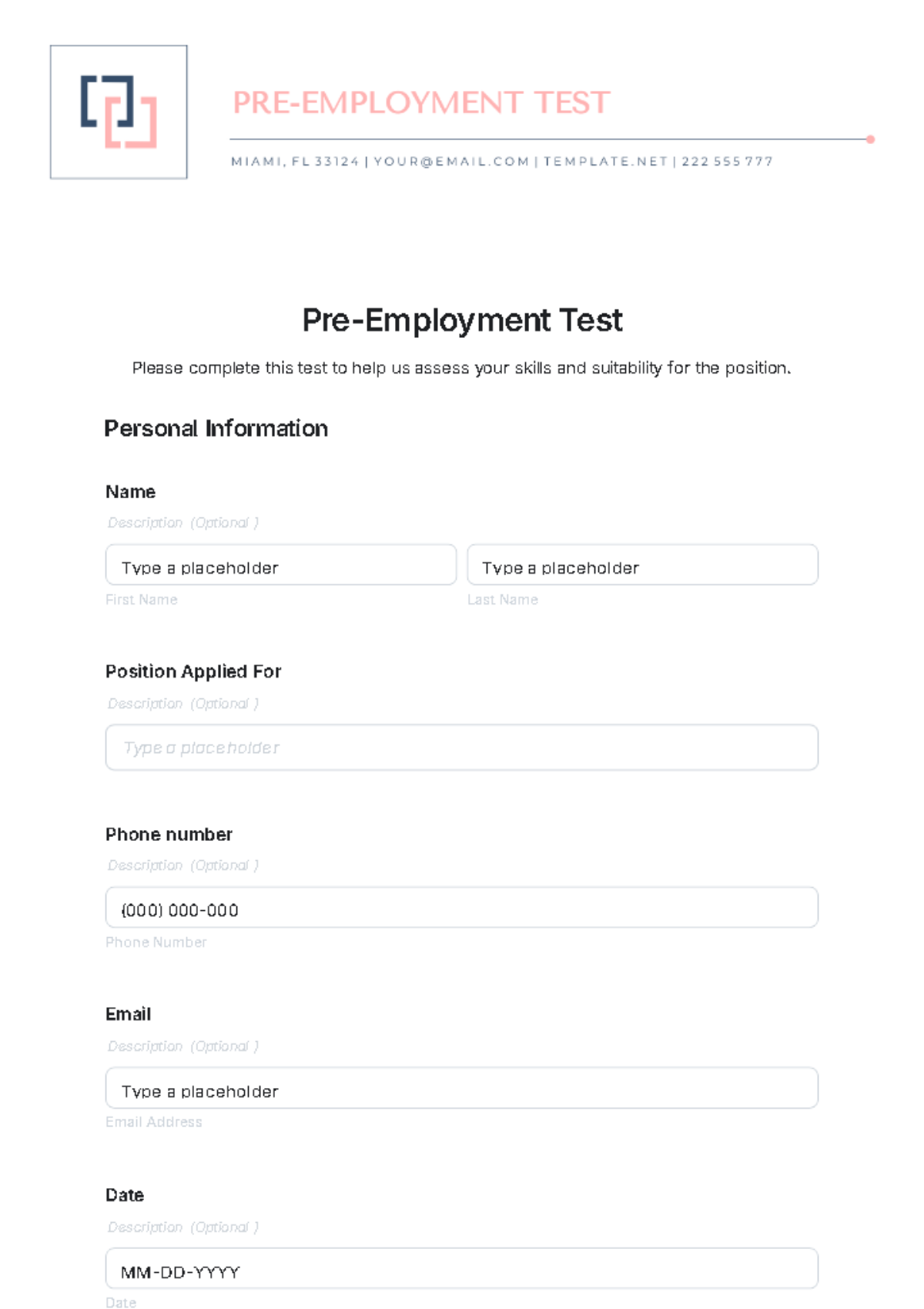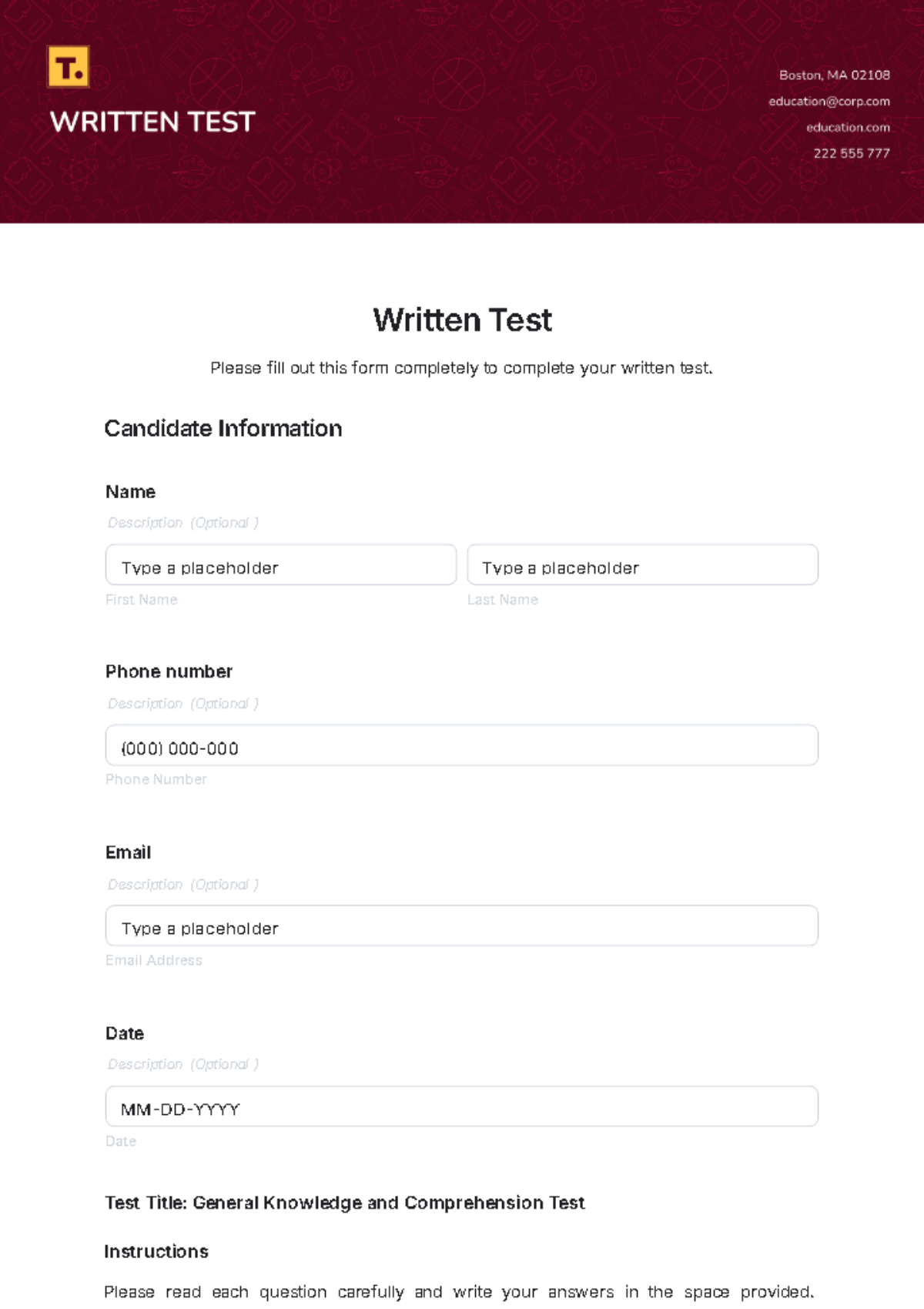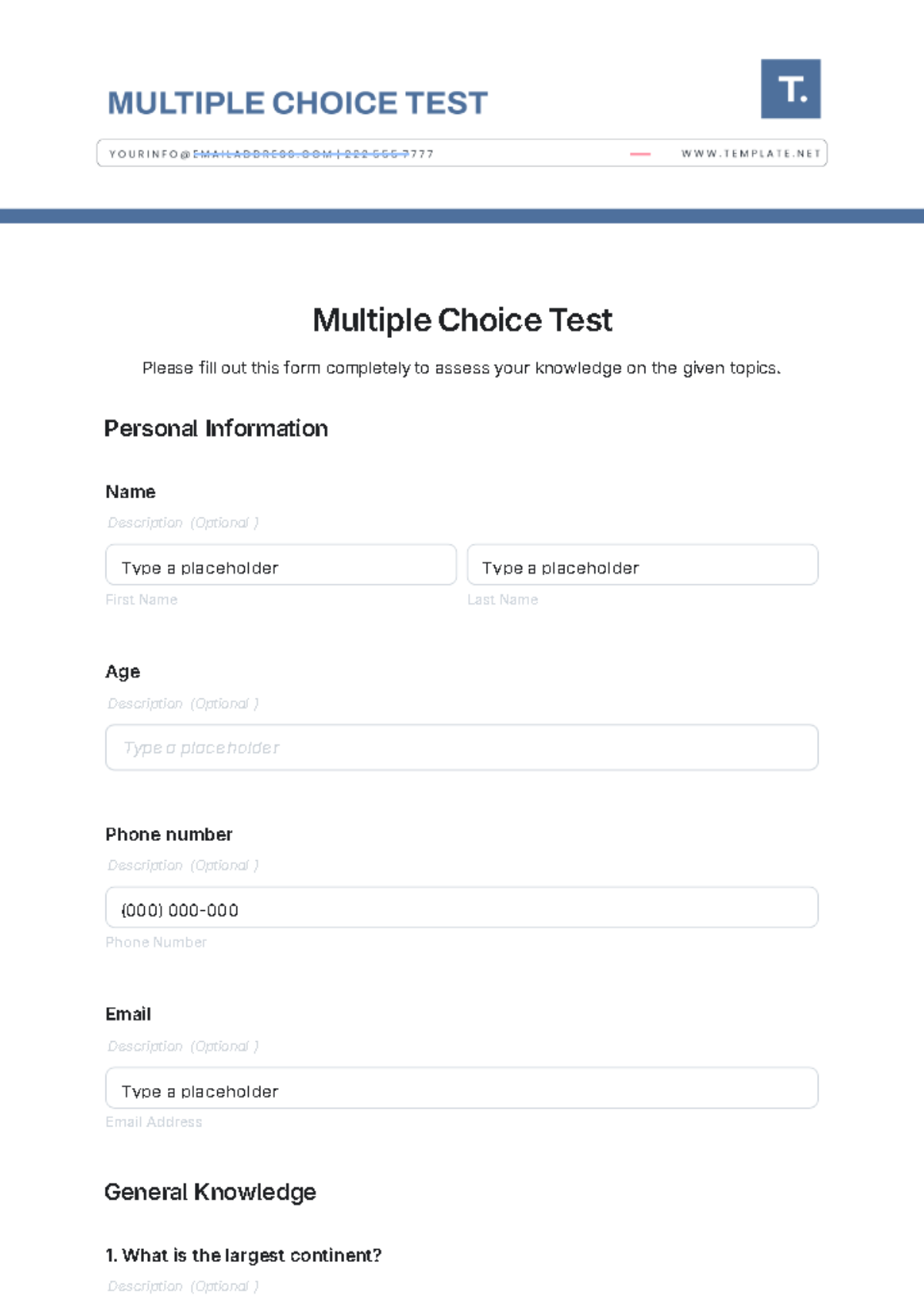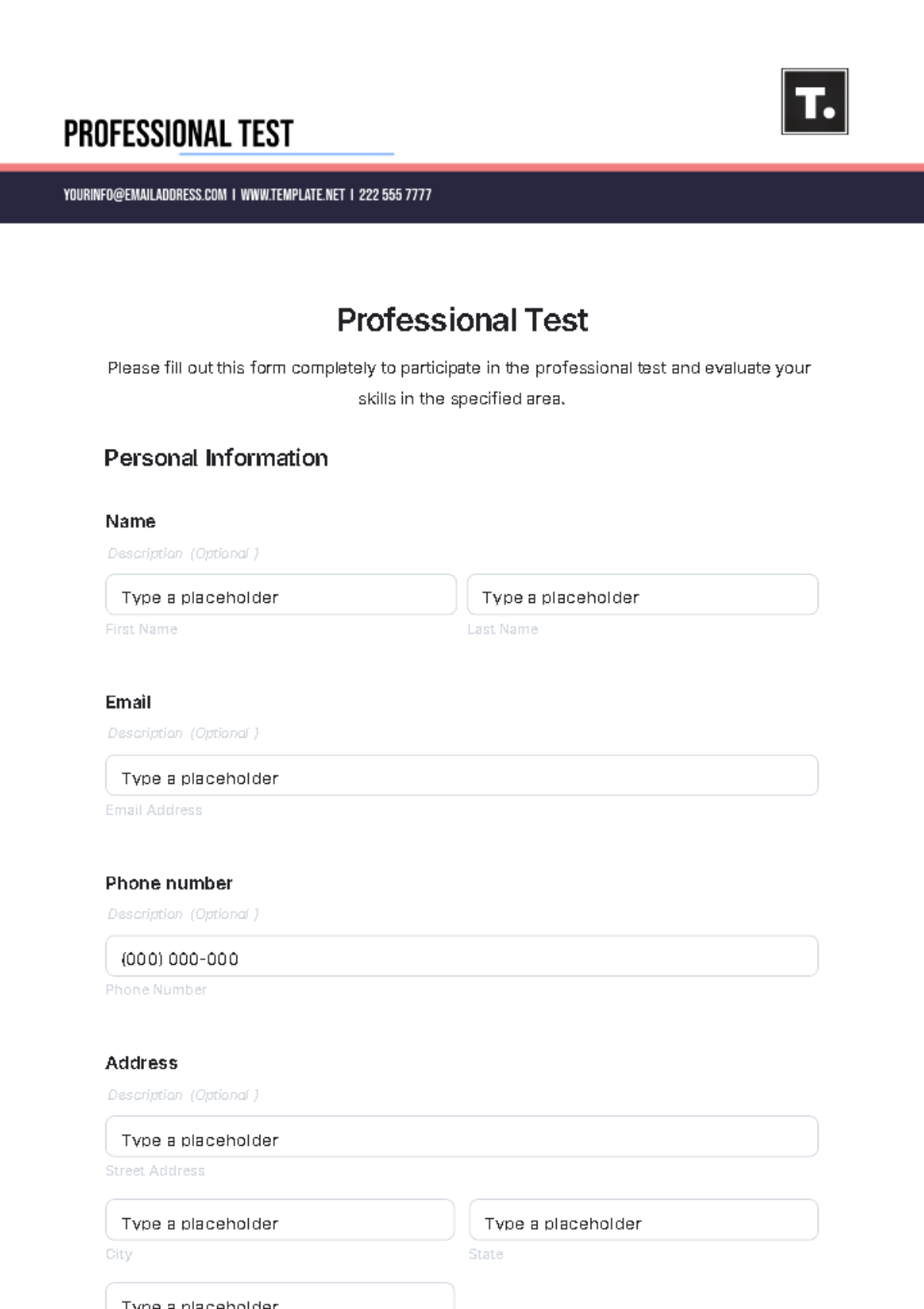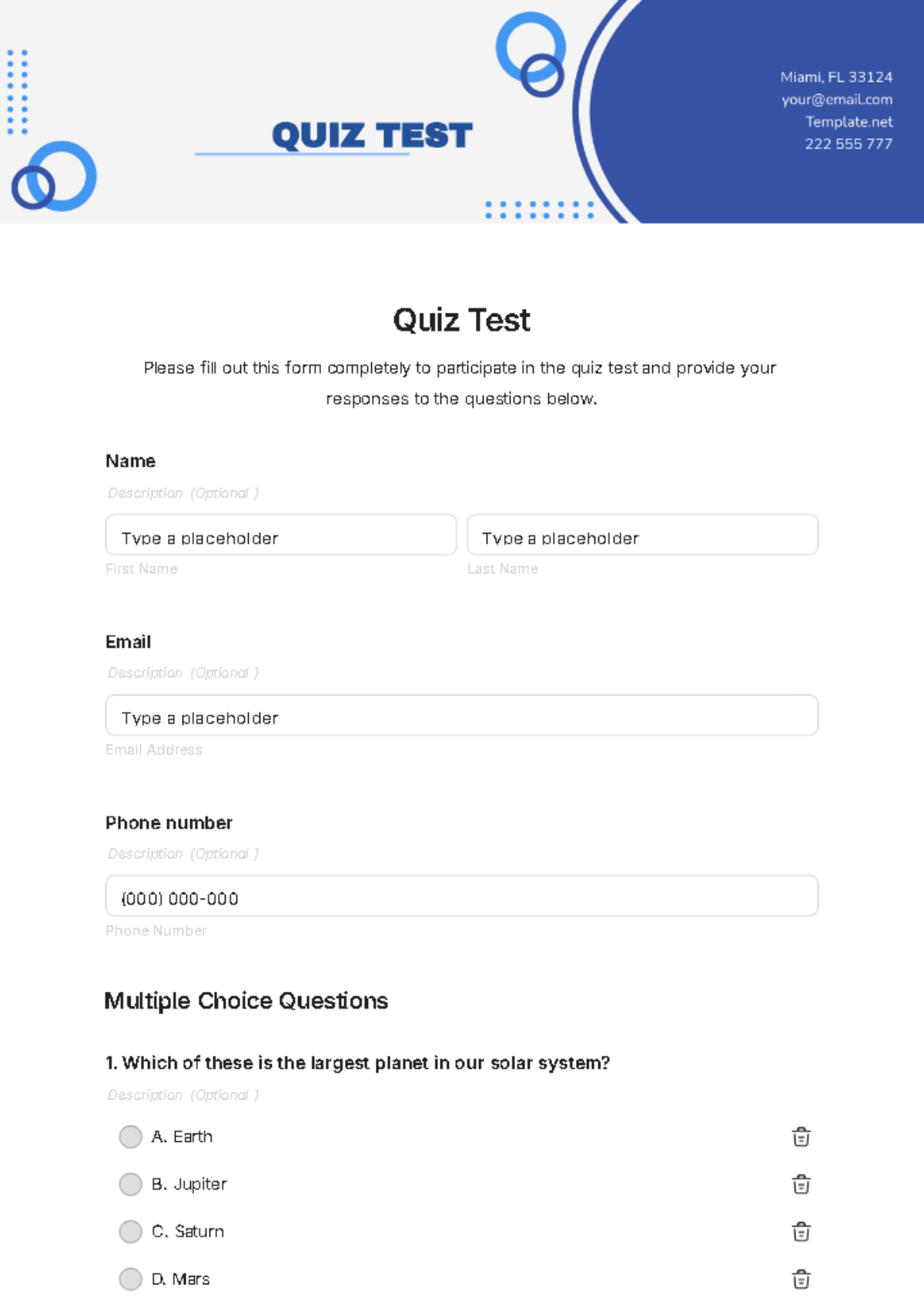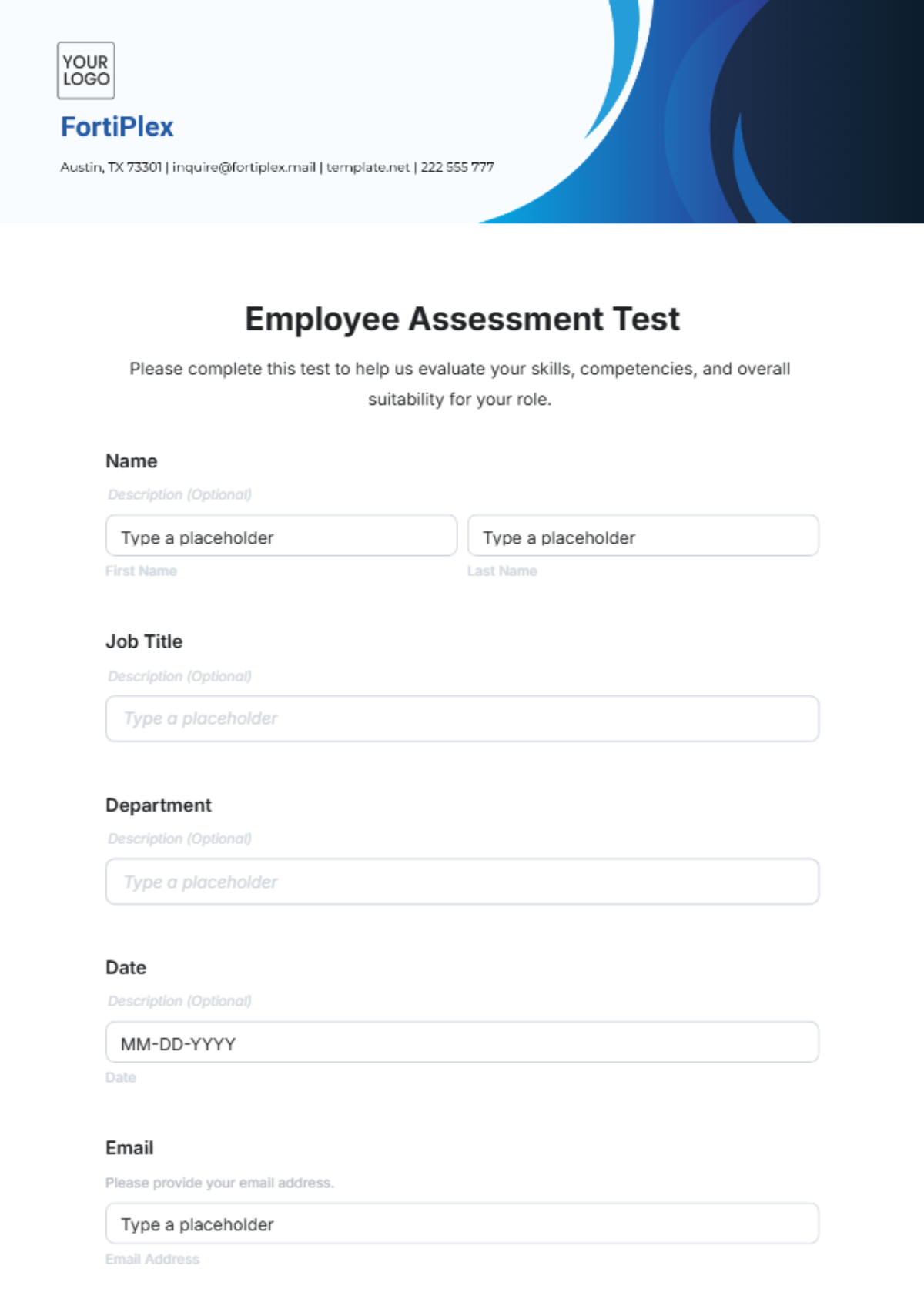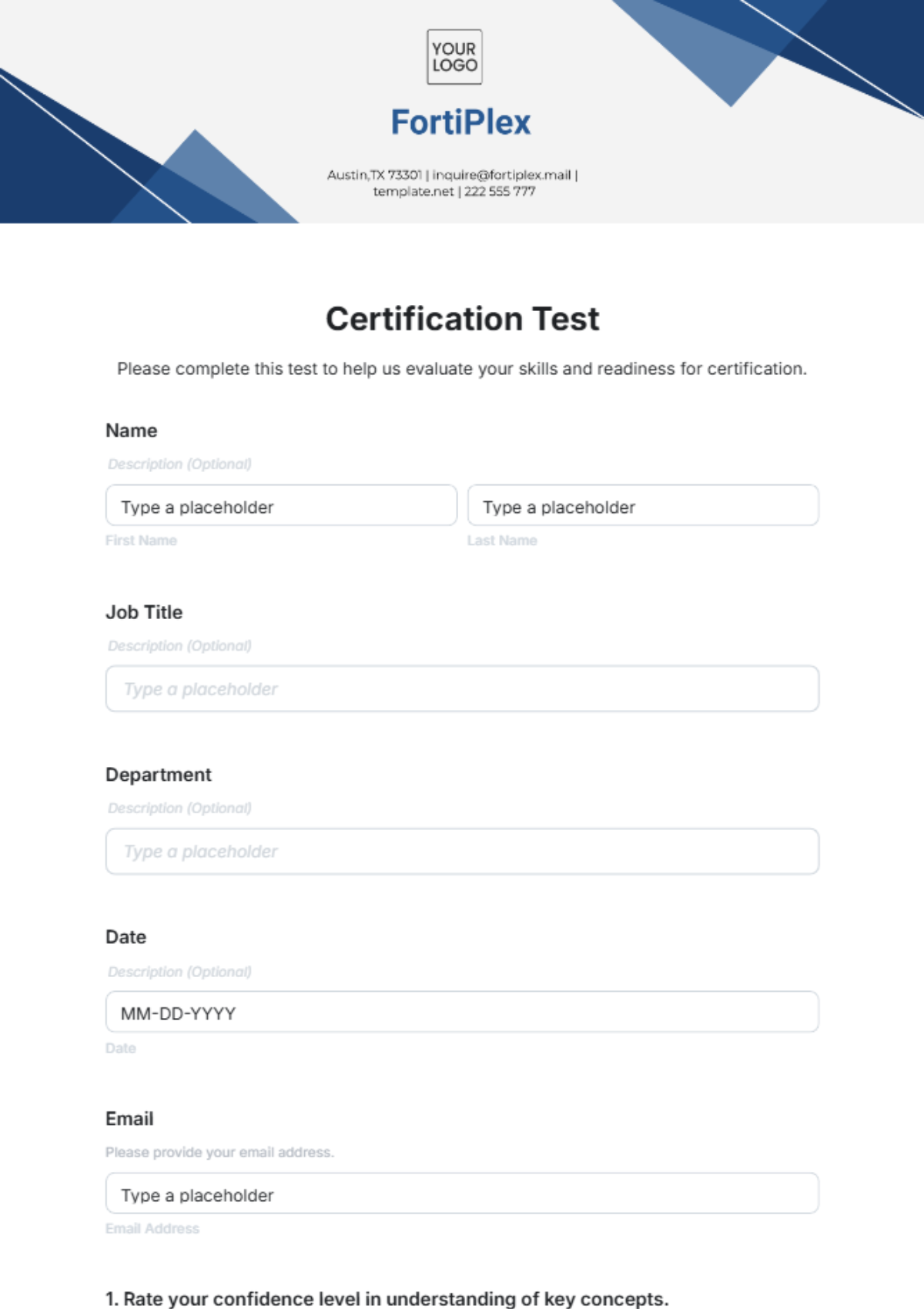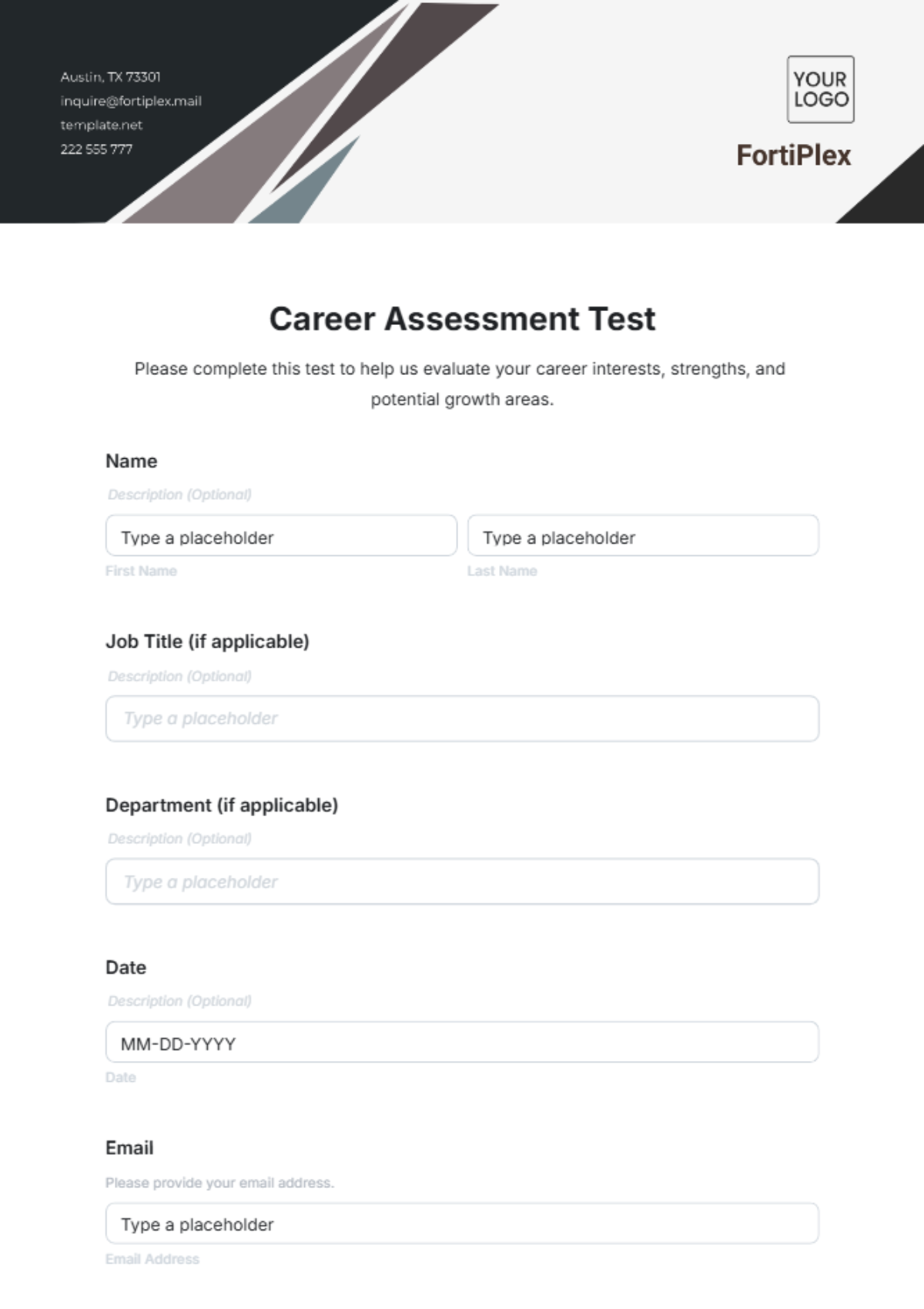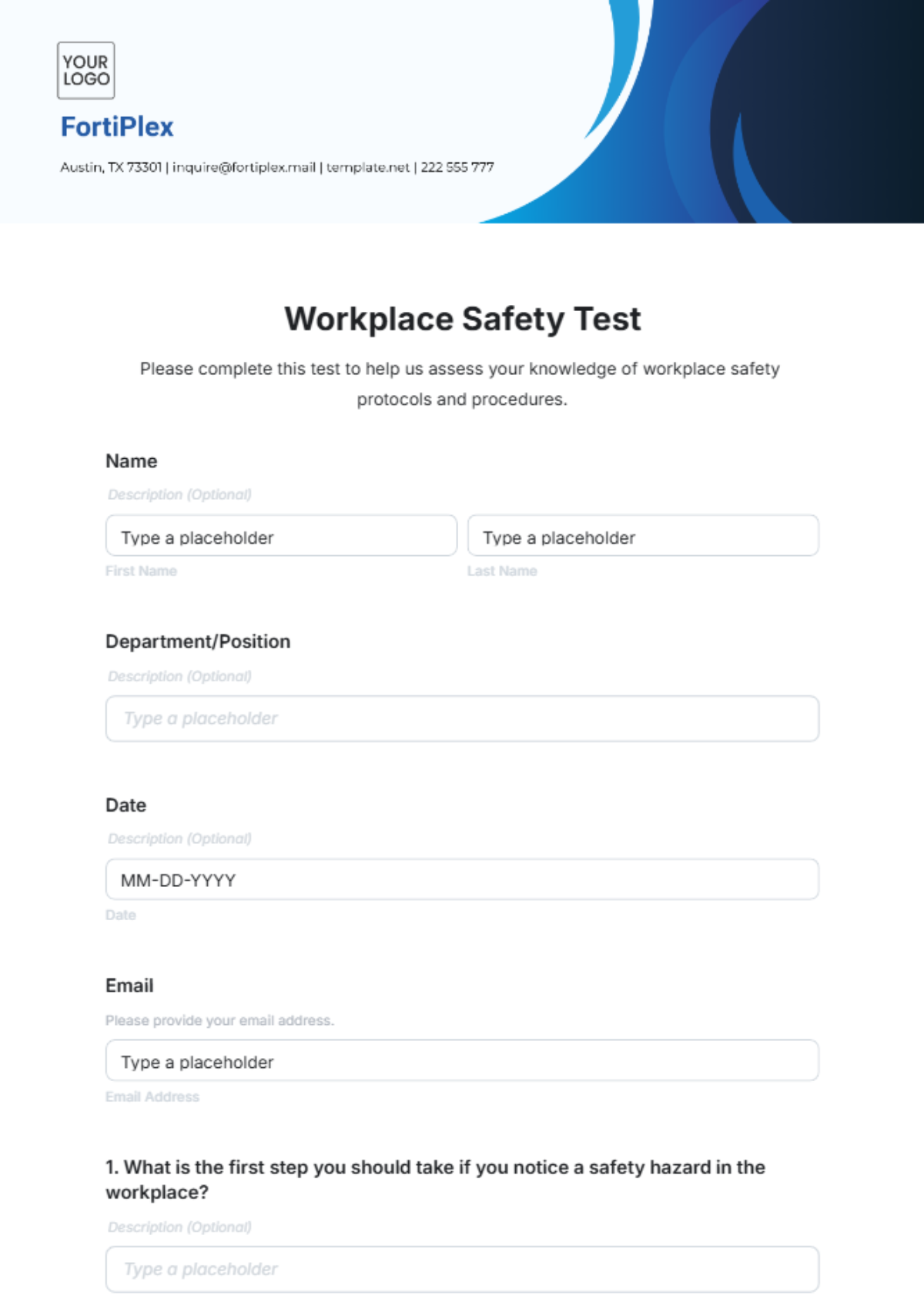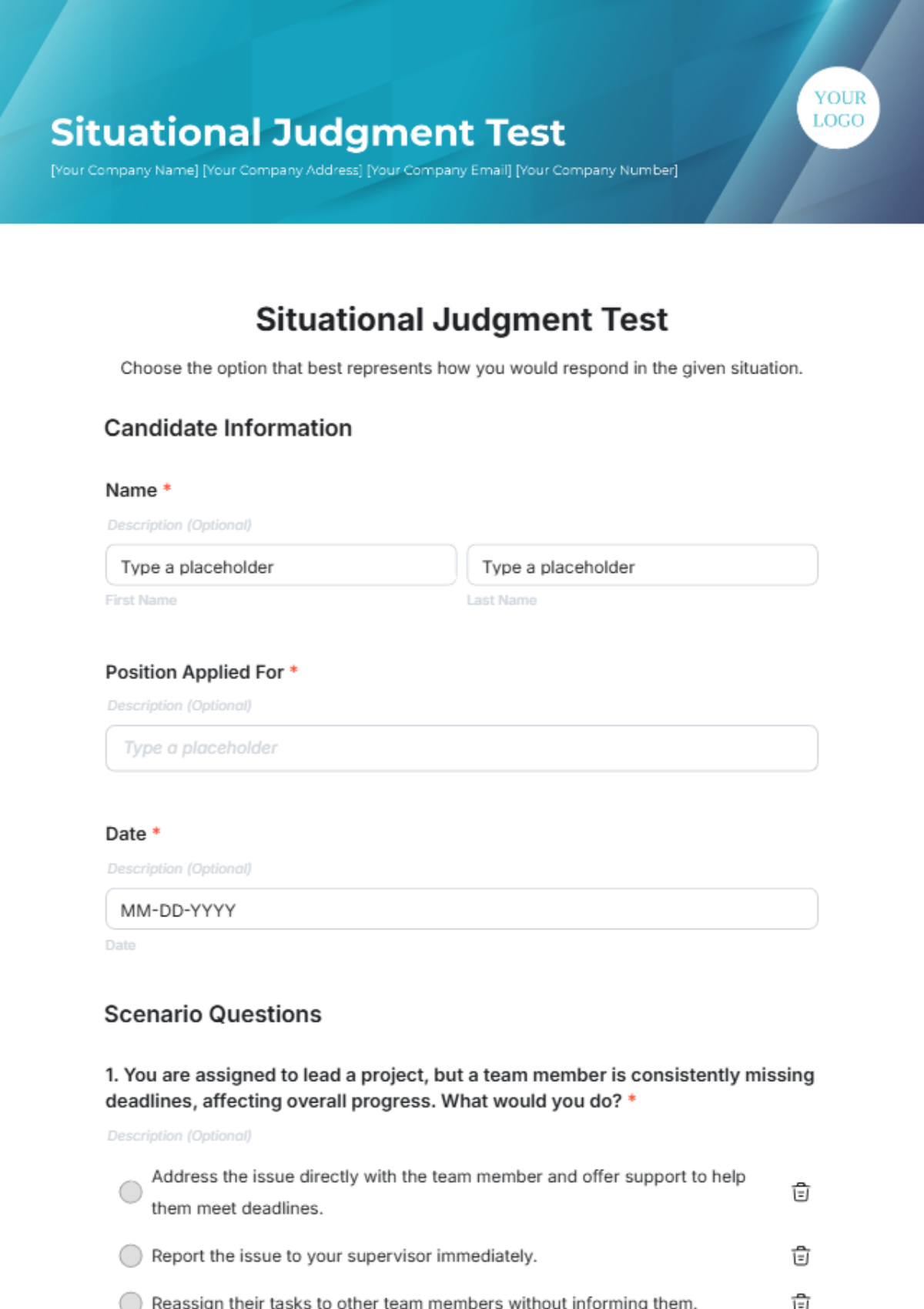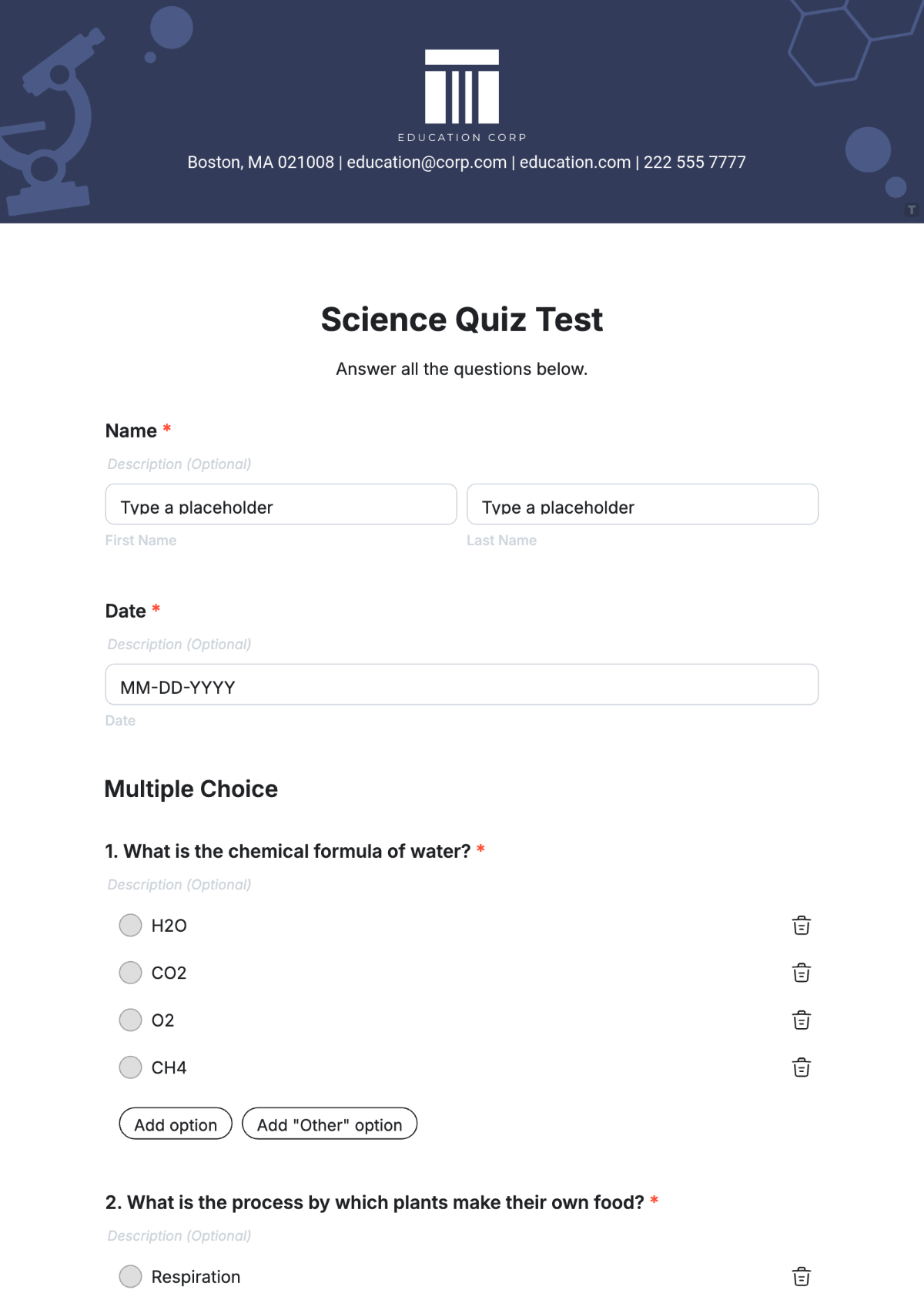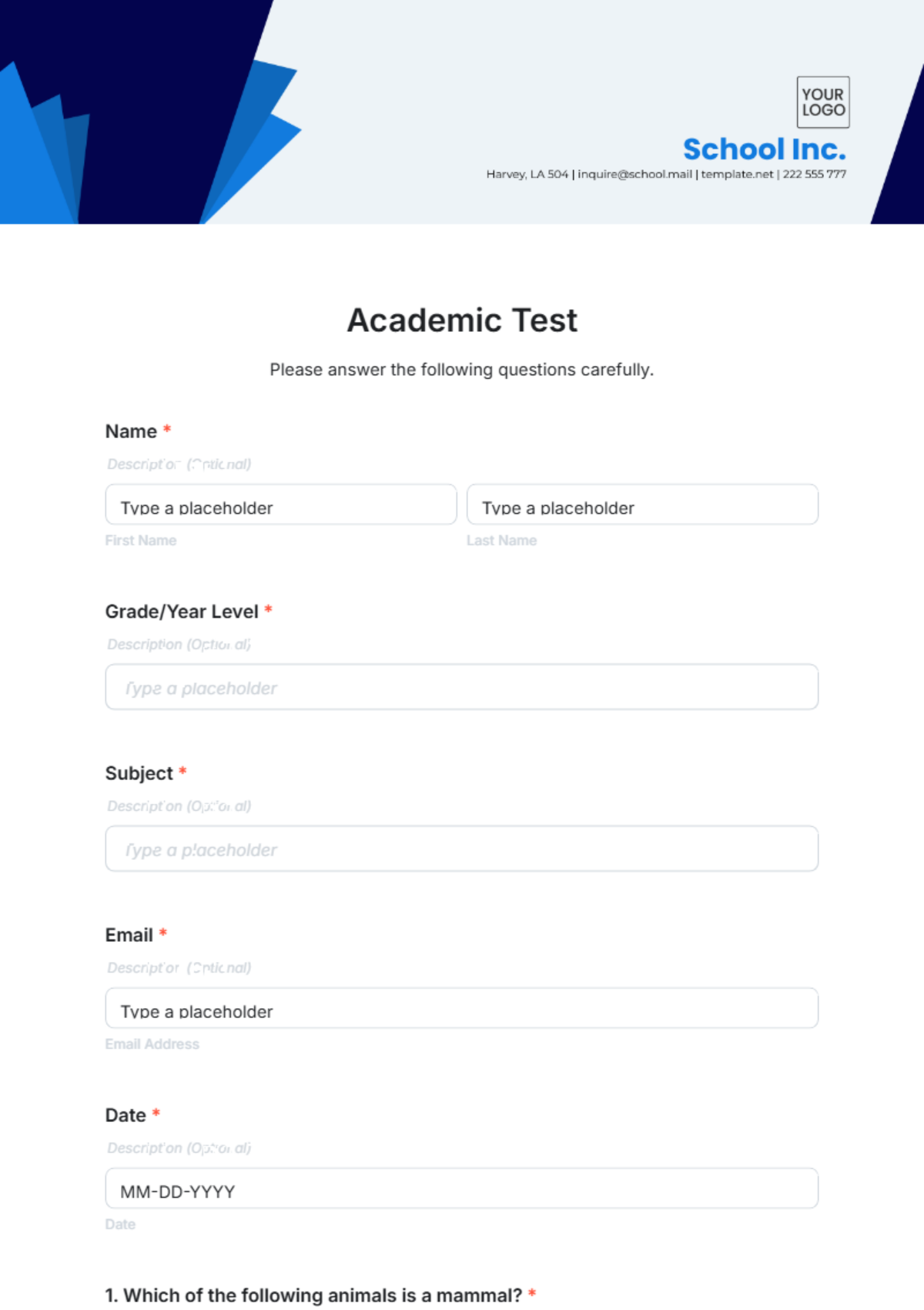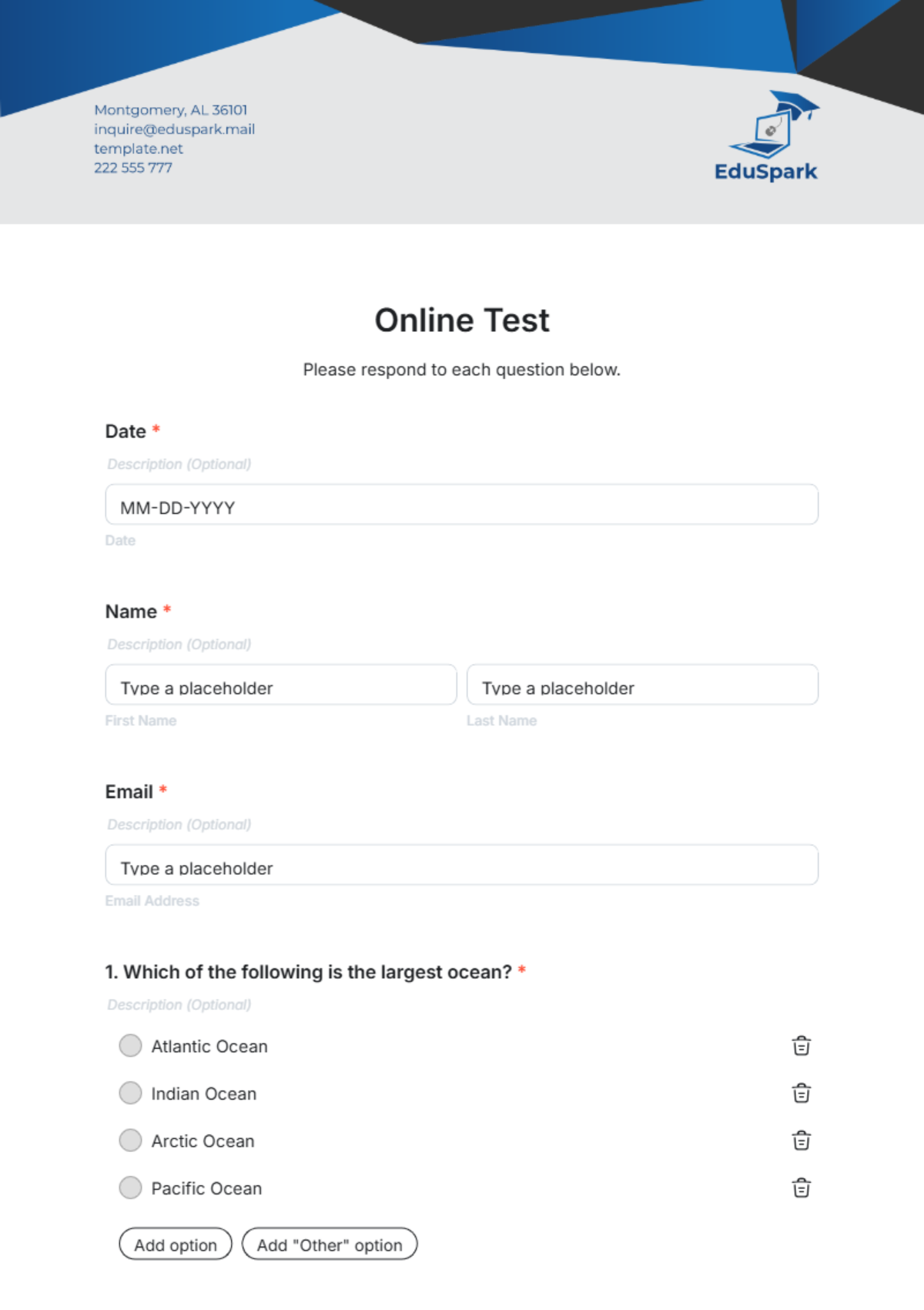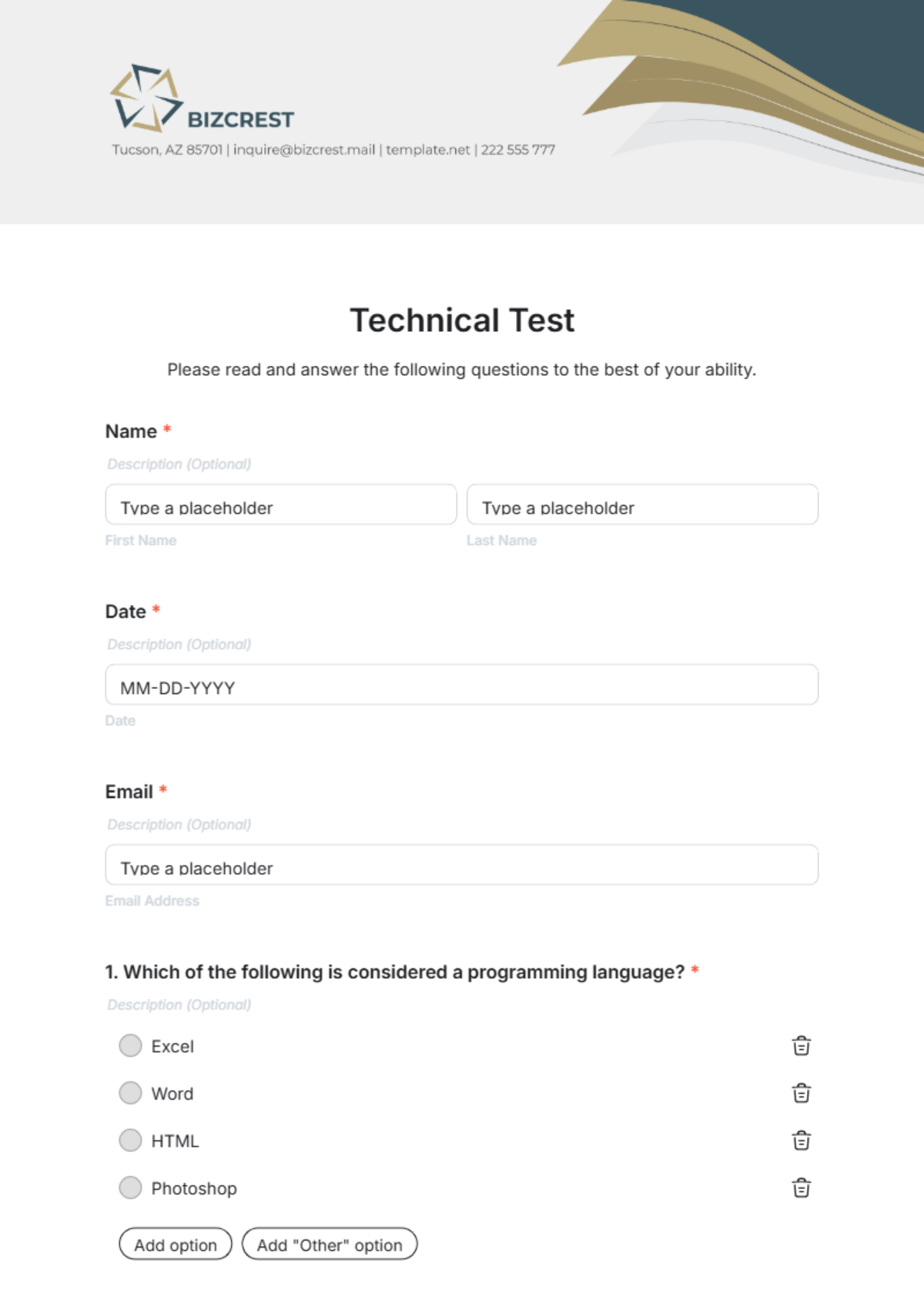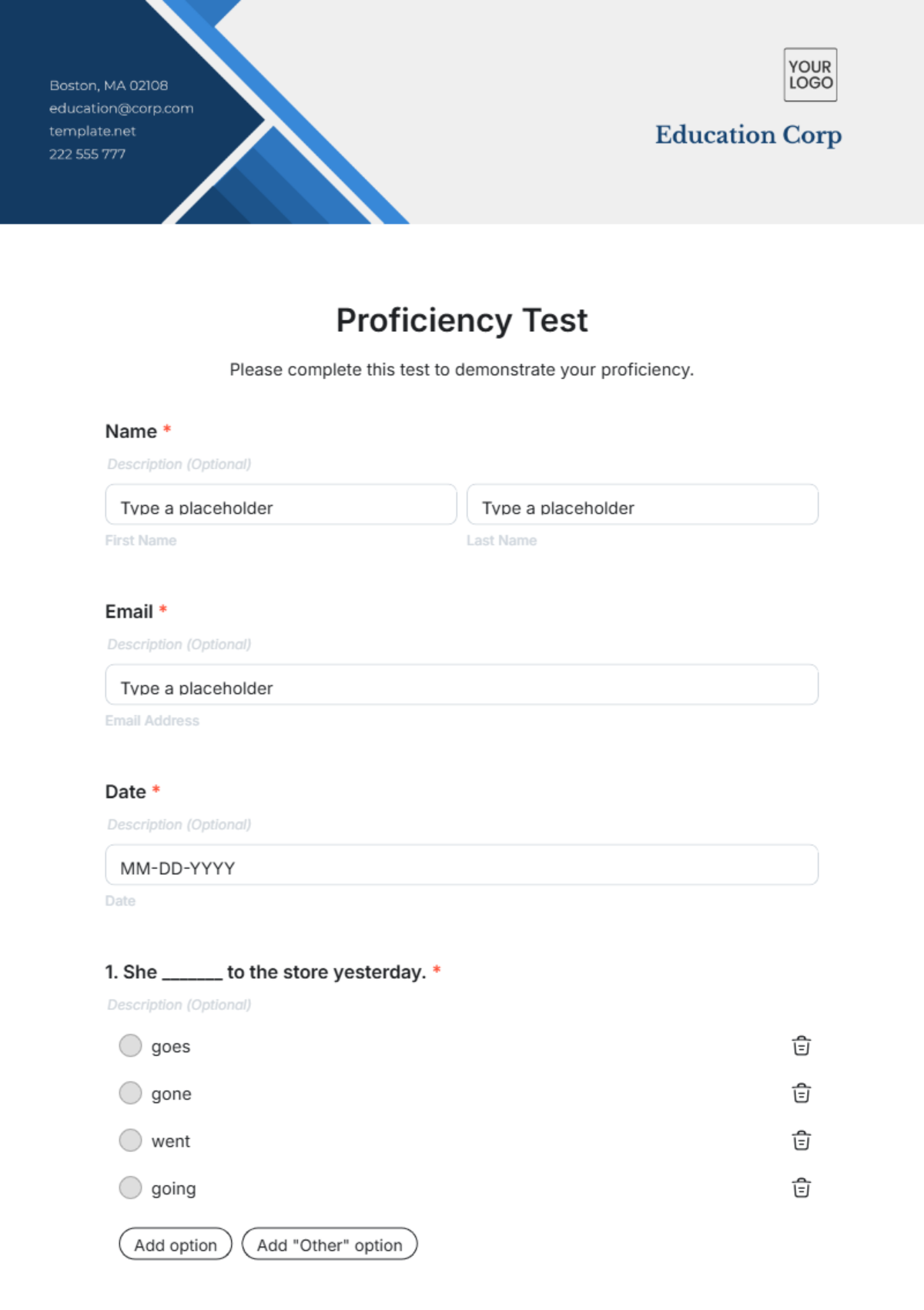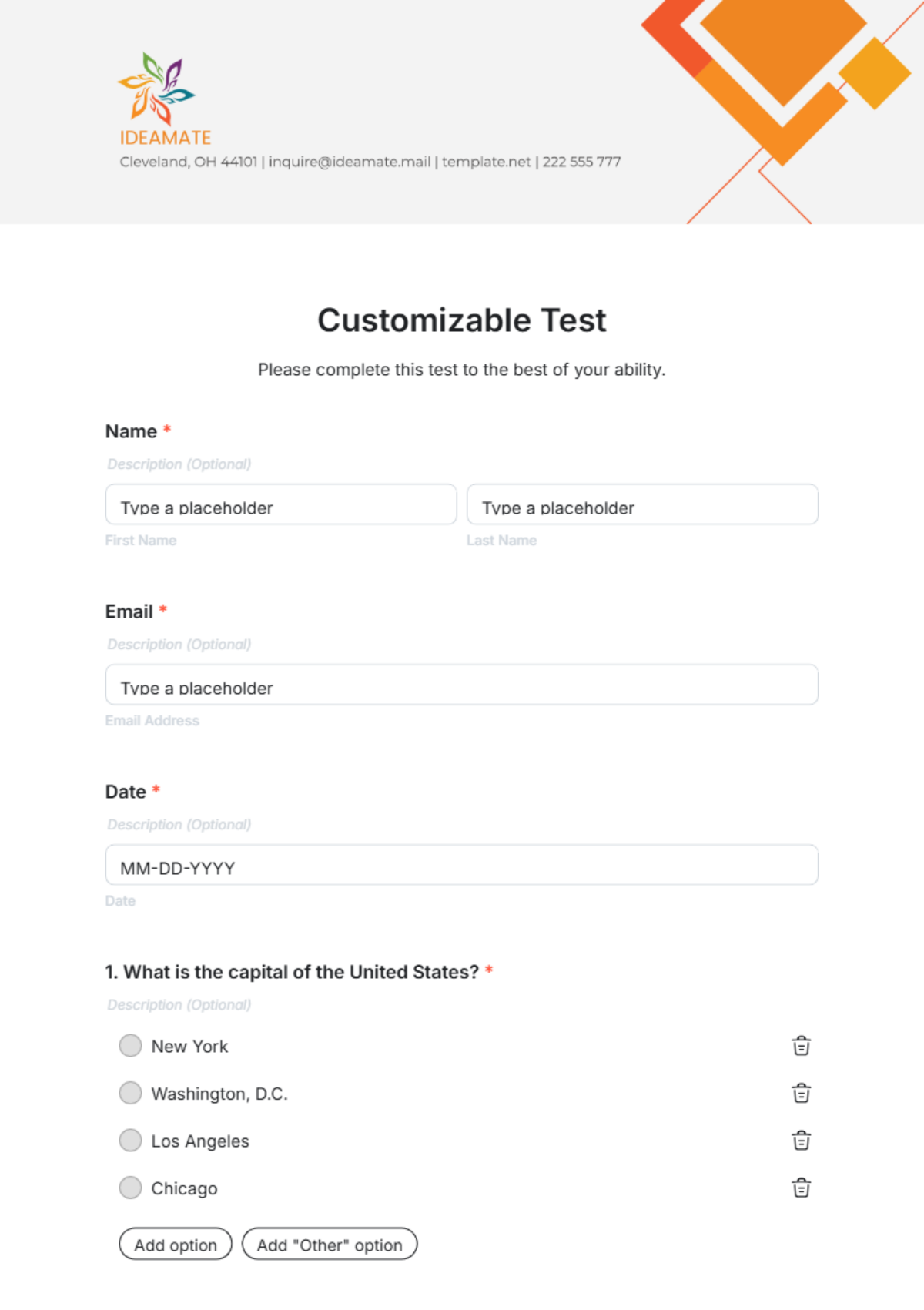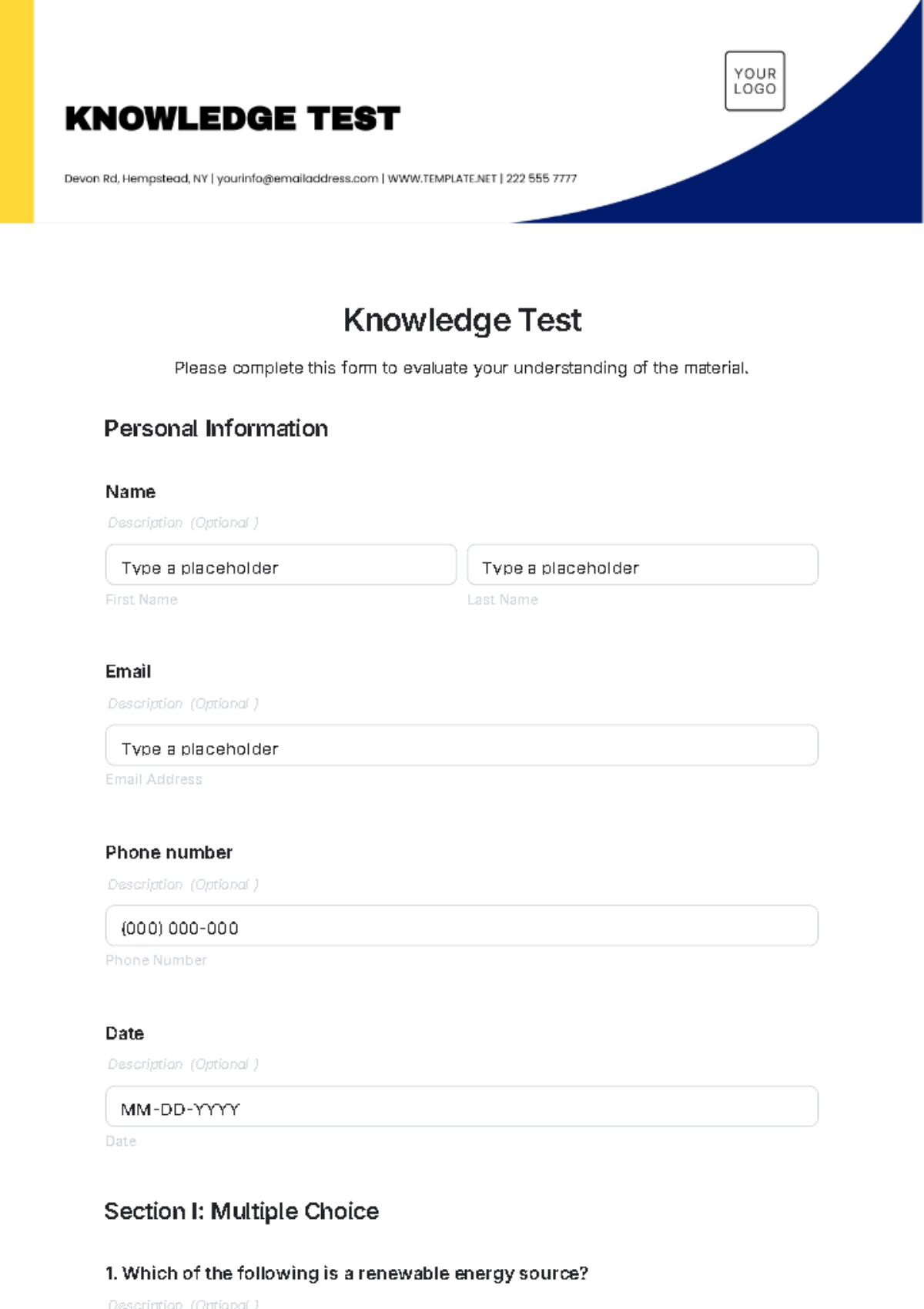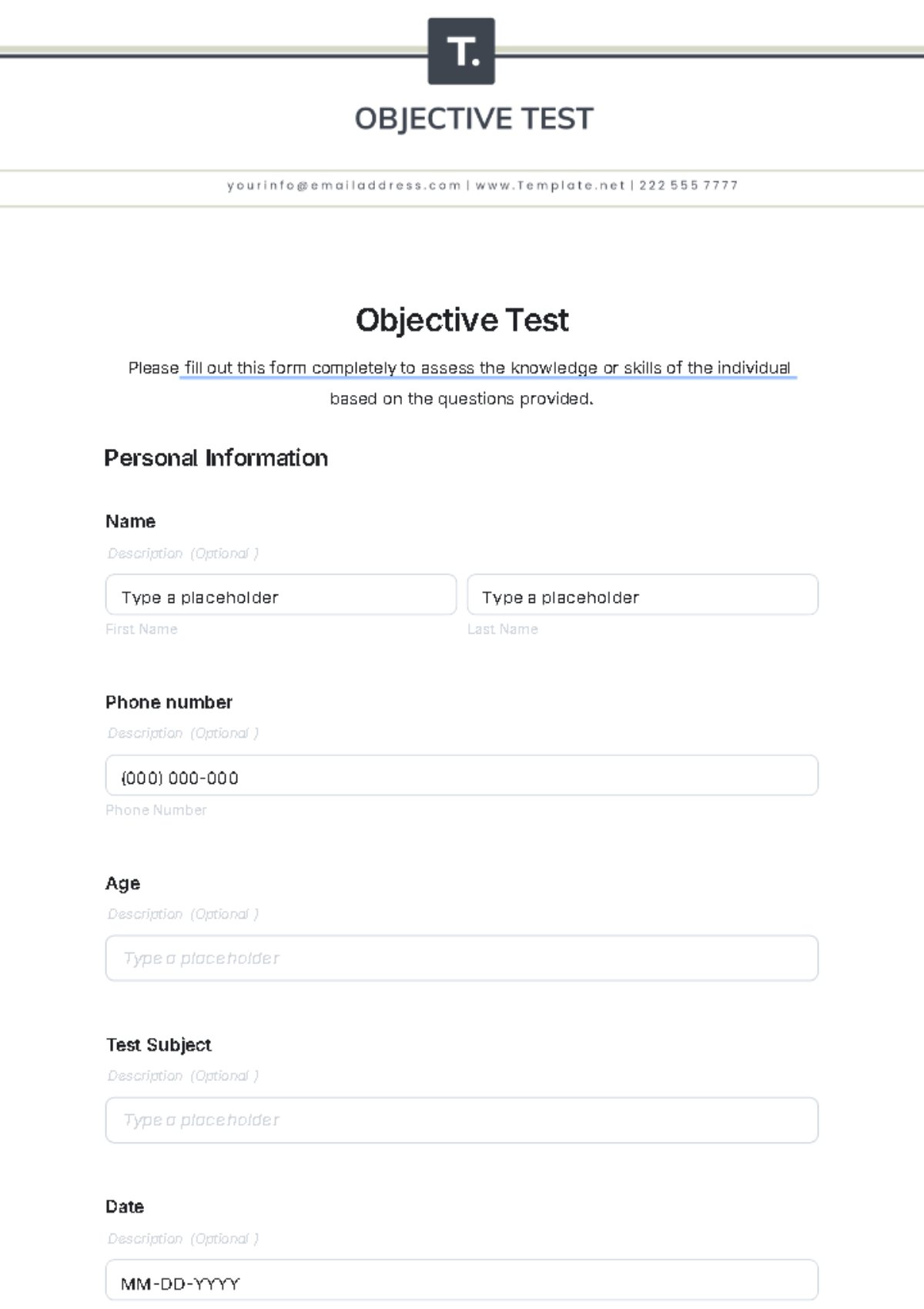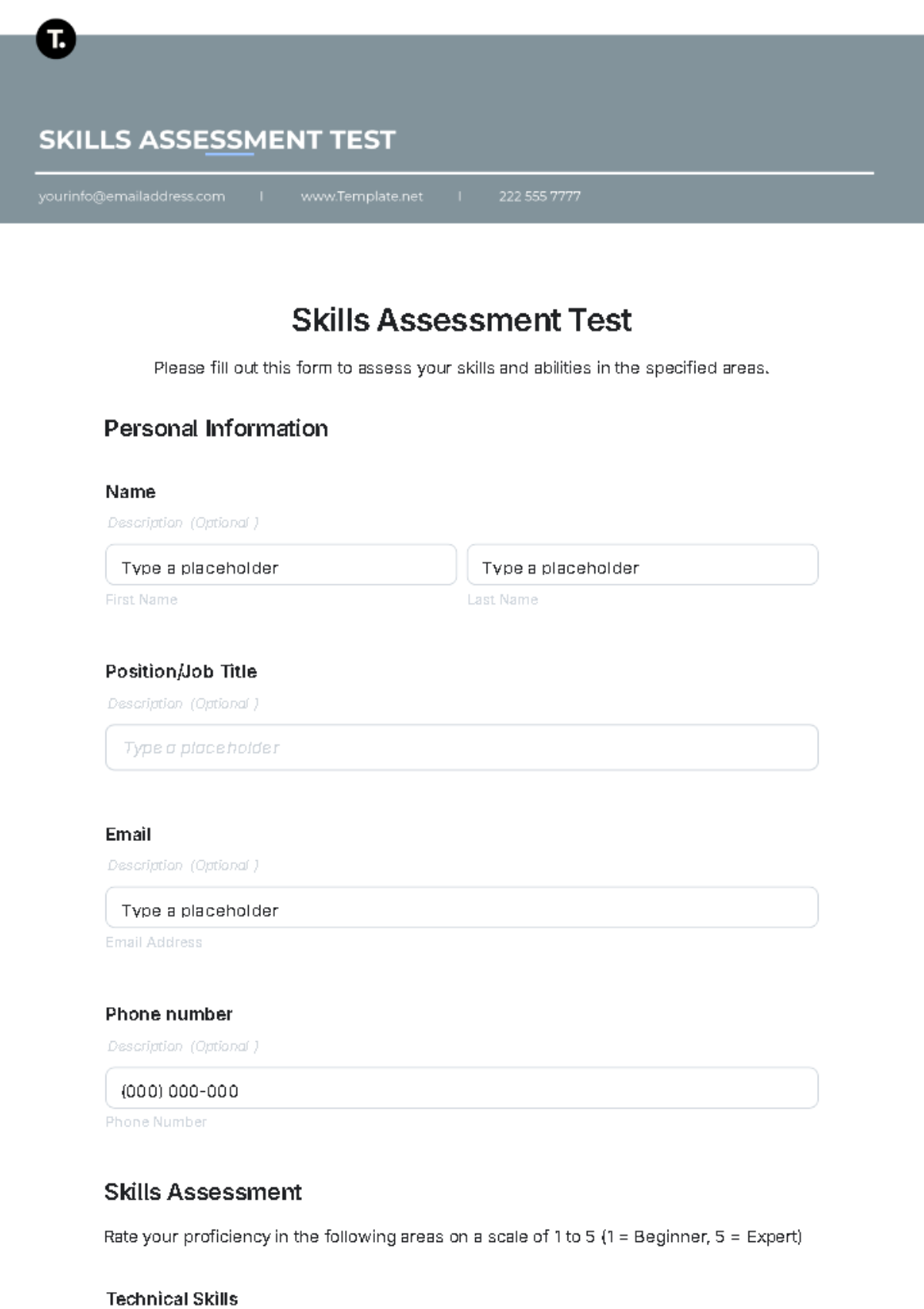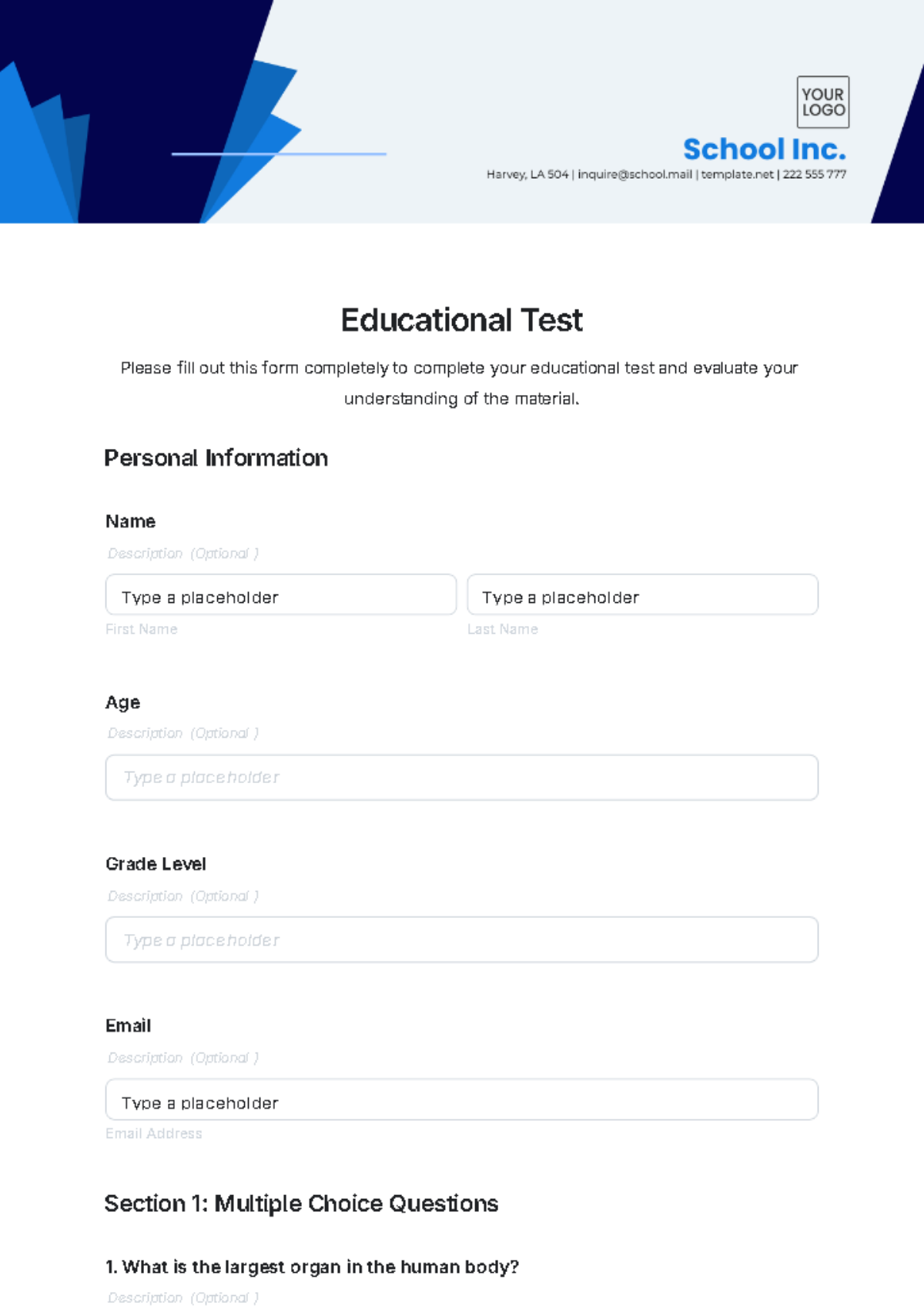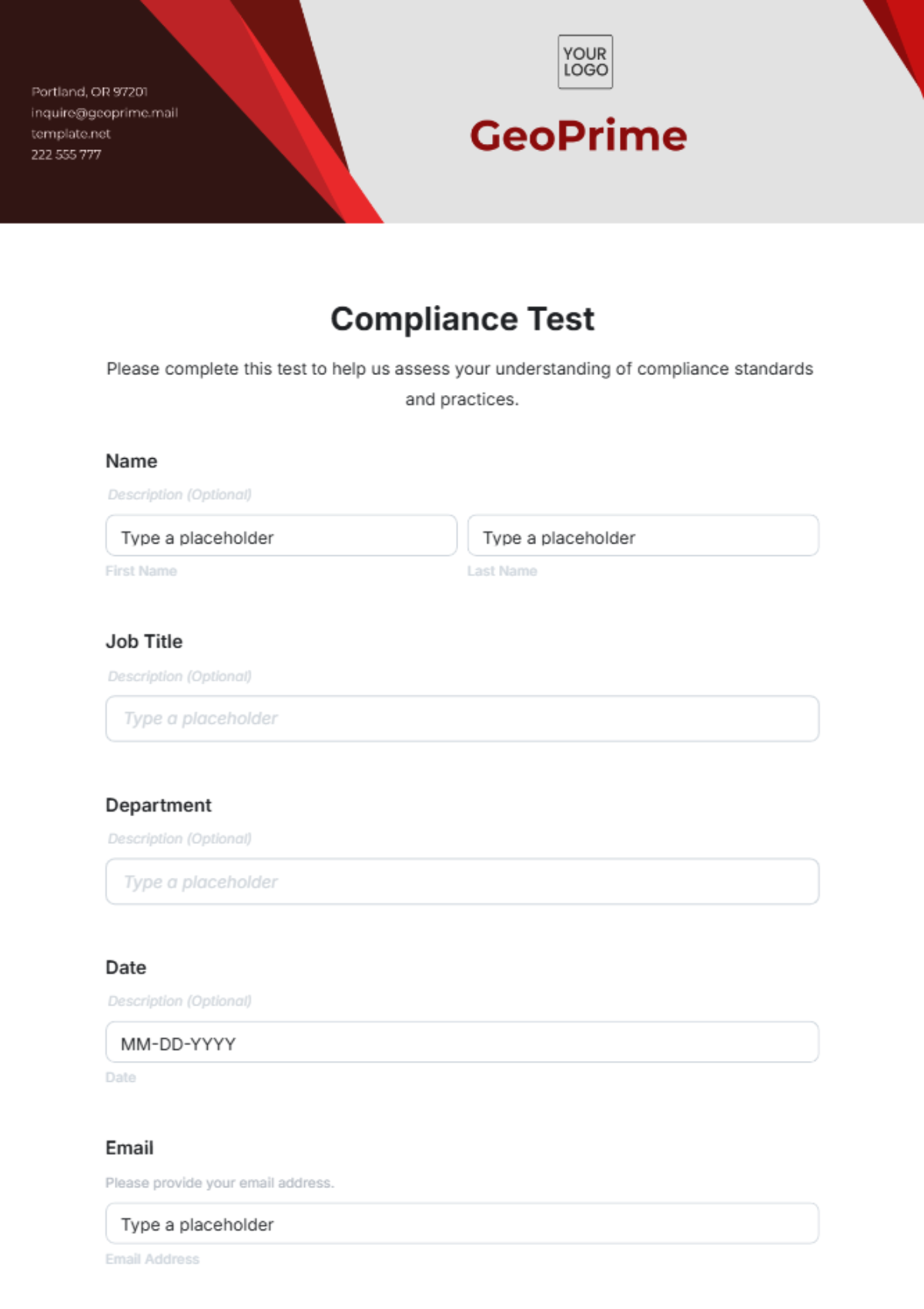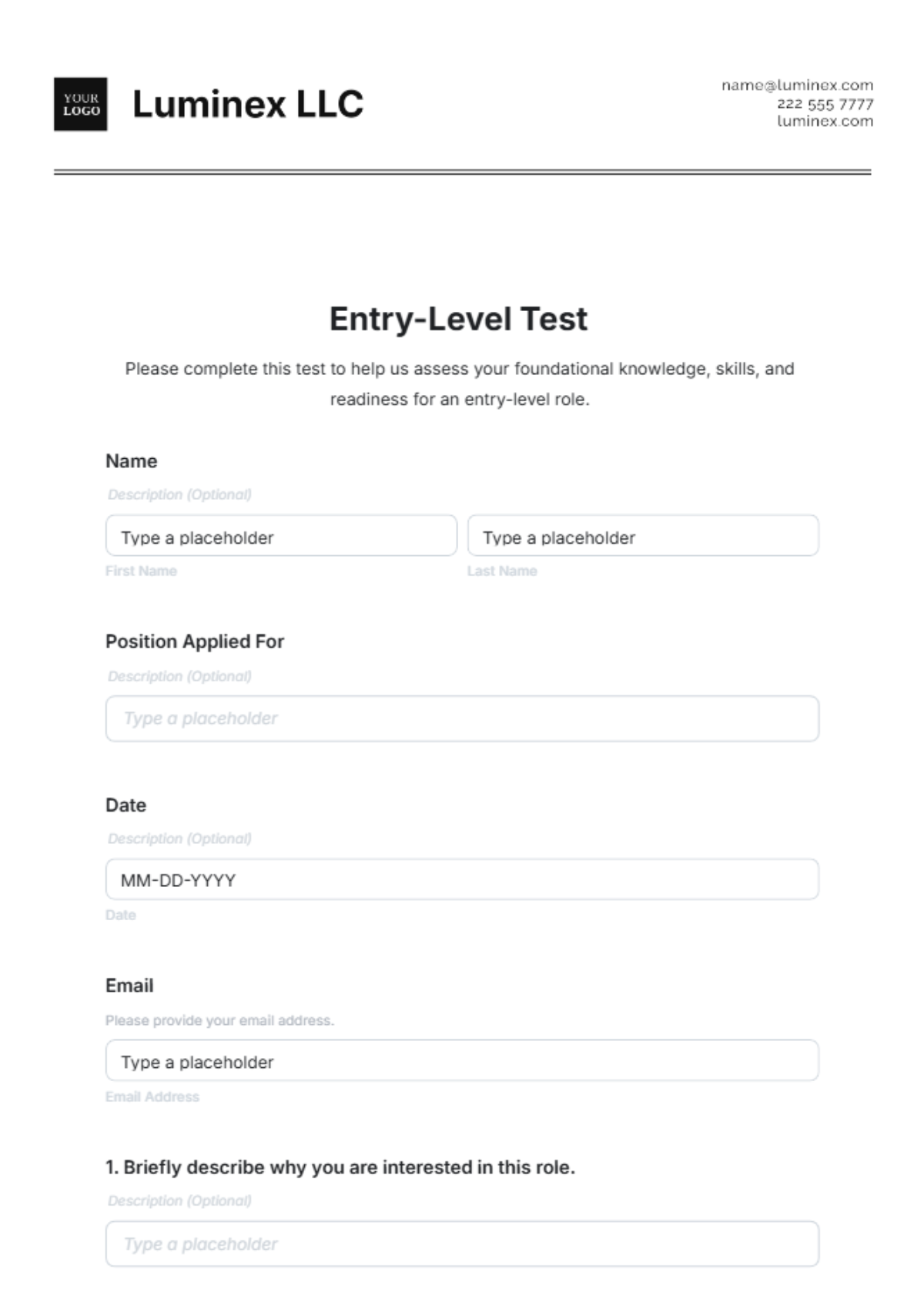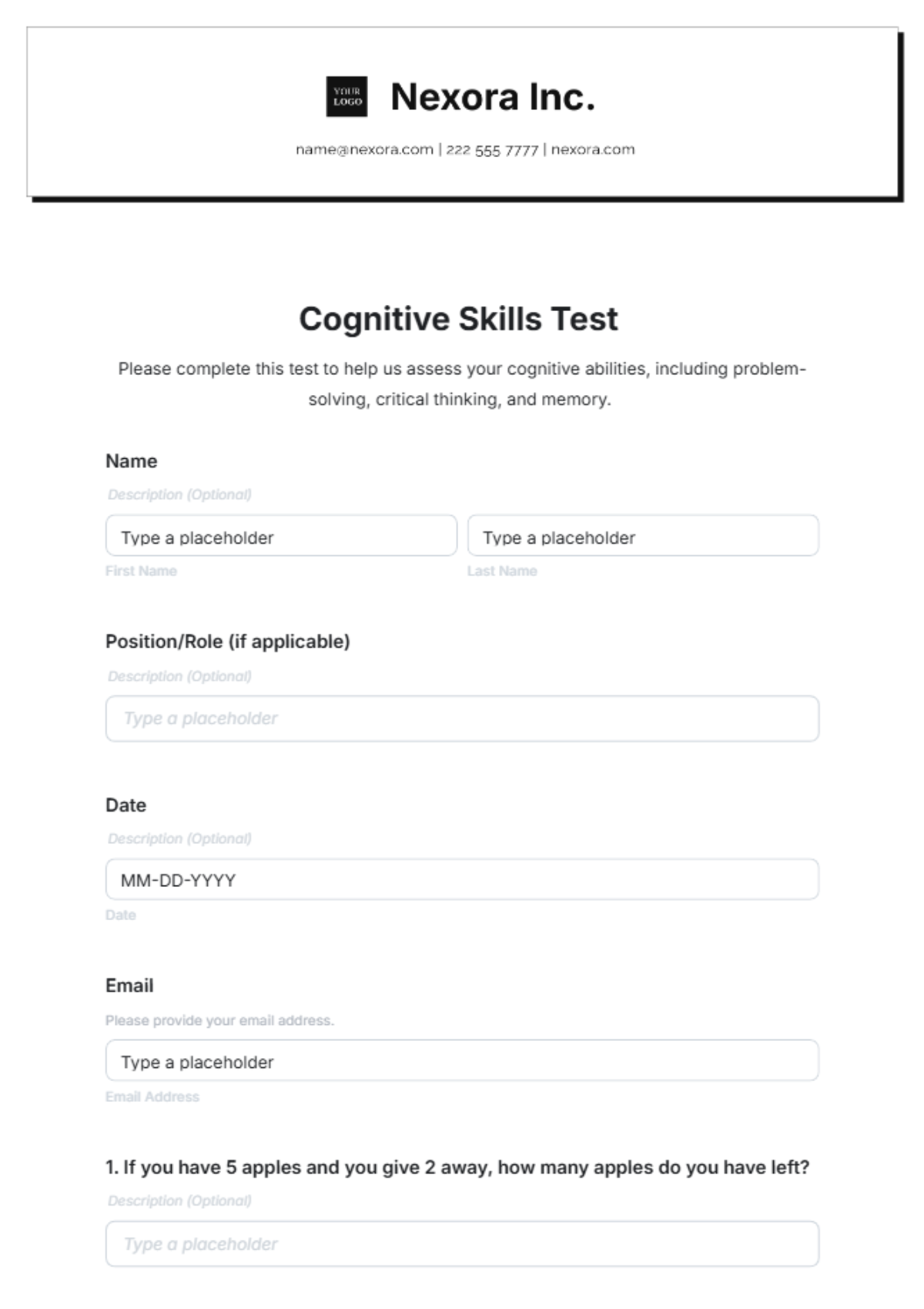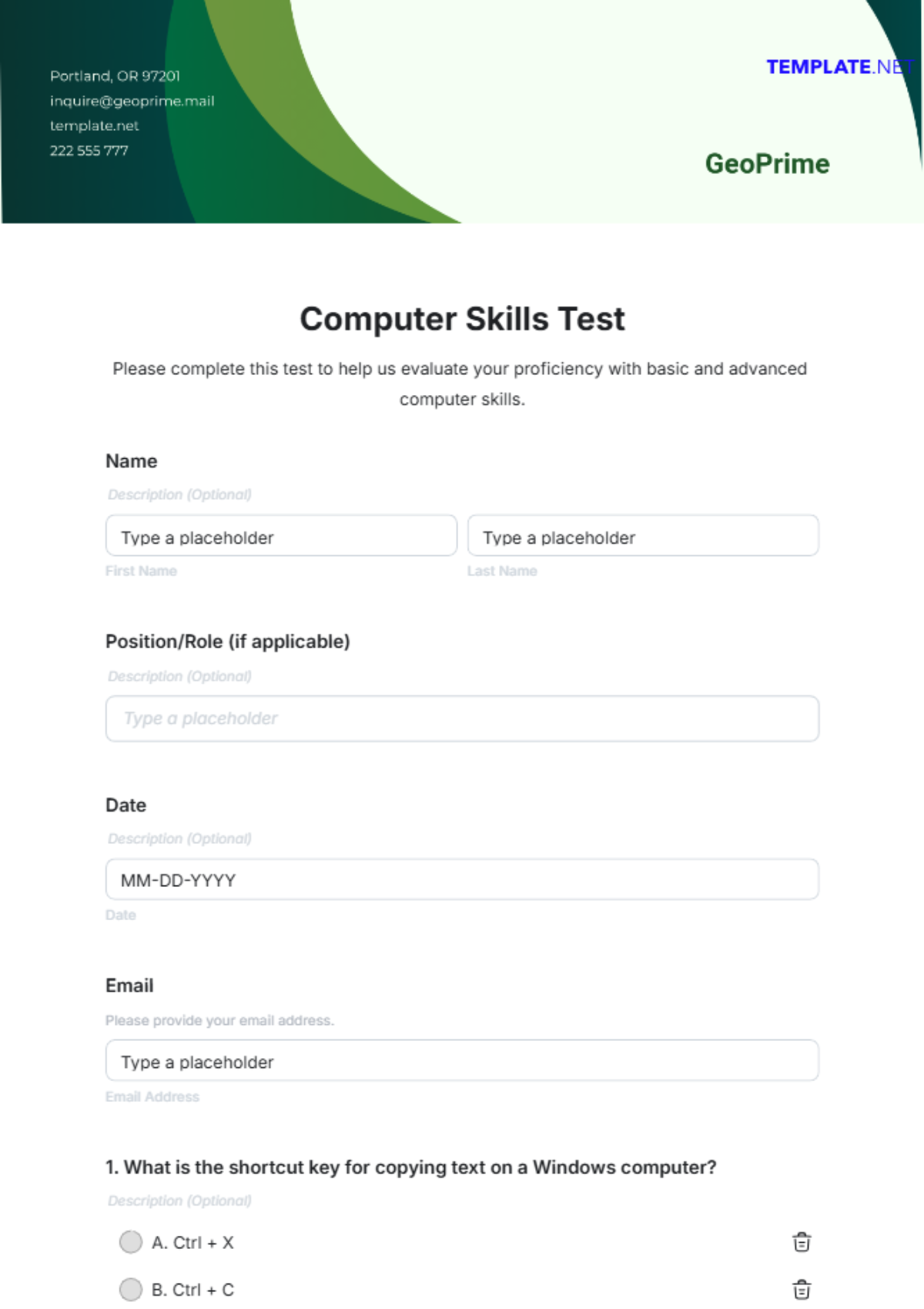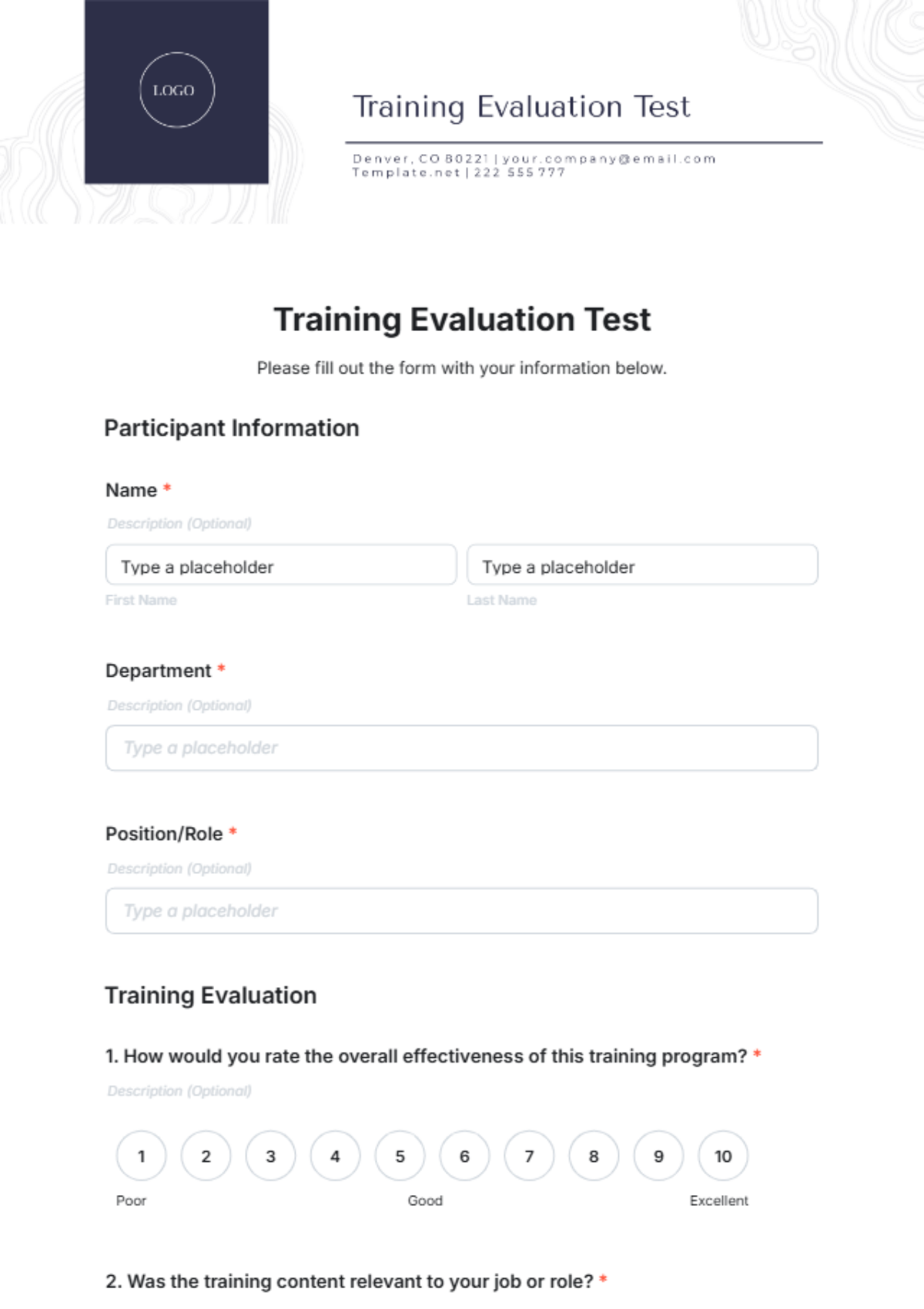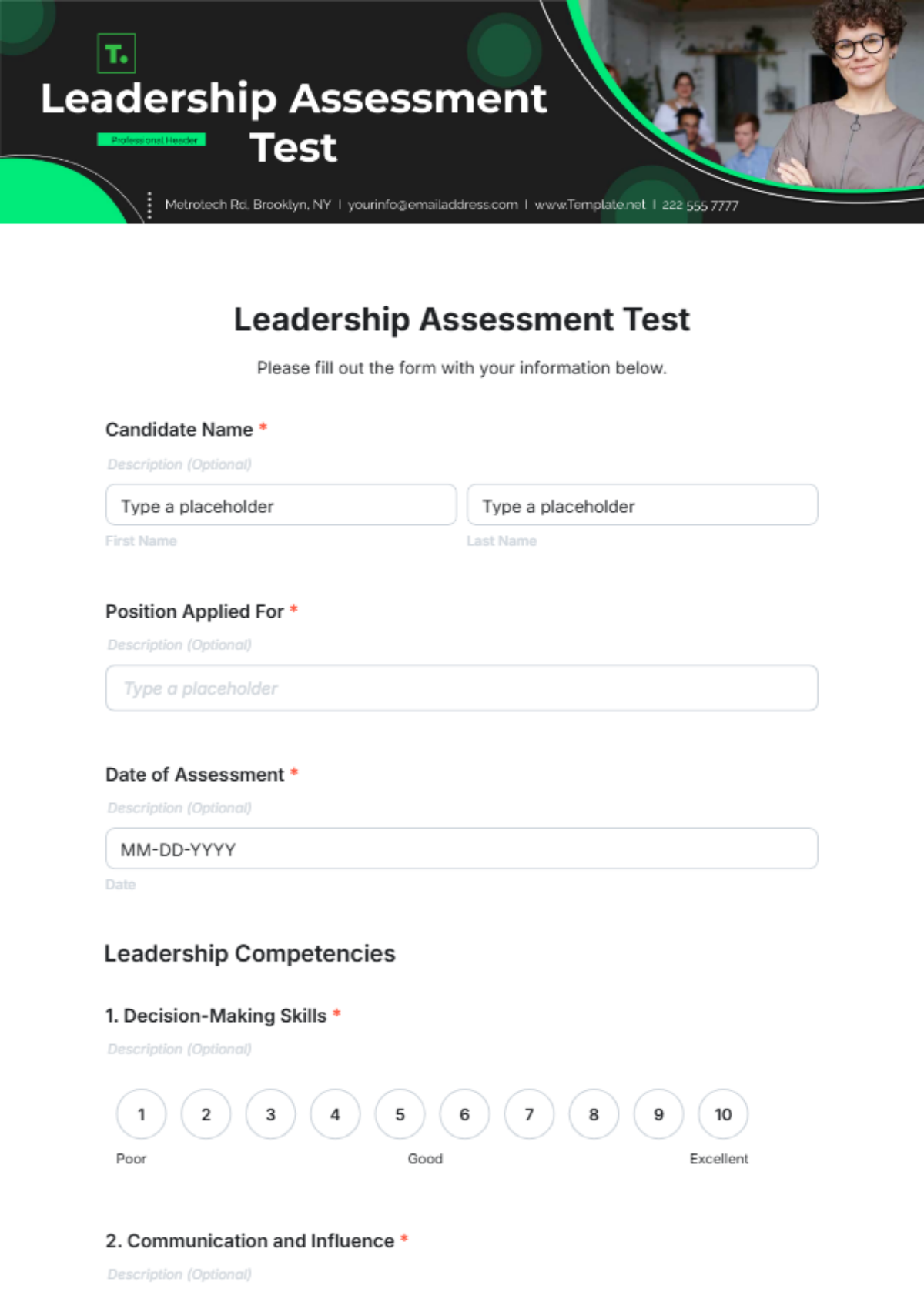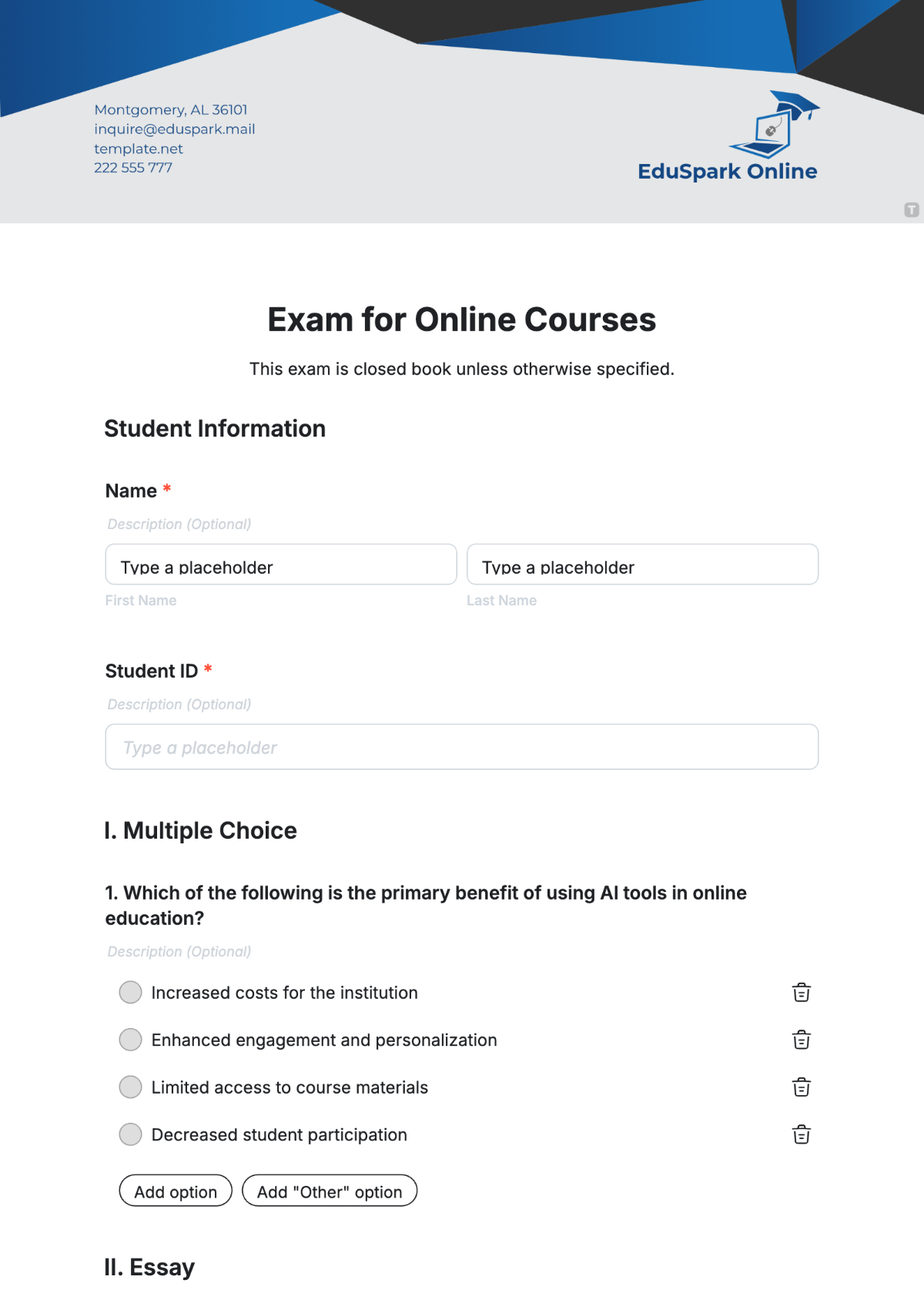Test Case Manual
I. Introduction
This Test Case Manual provides a comprehensive guide for testing the software applications developed by [Your Company Name]. It includes detailed test cases designed to validate the functionality, performance, and reliability of the software.
The manual is intended for use by Quality Assurance (QA) engineers, testers, and developers to ensure that all aspects of the software meet the specified requirements and standards.
II. Test Case Overview
Each test case in this manual is designed to test specific features or functionalities of the software. The test cases are categorized based on the type of testing they support, such as functional, performance, security, and usability testing.
III. Test Case Format
Each test case is presented in the following format:
Test Case ID: A unique identifier for the test case.
Test Case Description: A brief summary of what the test case will validate.
Preconditions: Any conditions that must be met before executing the test case.
Test Steps: Detailed steps to perform the test.
Expected Results: The expected outcome of each step.
Actual Results: The actual outcome of each step, filled in after execution.
Status: Pass or Fail status of the test case.
Remarks: Additional notes or observations.
IV. Test Case Categories
The following table categorizes the test cases based on their purpose:
Category | Description |
|---|---|
Functional | Tests specific functions and features of the application. |
Performance | Tests the application's performance under various conditions. |
Security | Tests the application's security measures and vulnerabilities. |
Usability | Tests the user interface and overall user experience. |
V. Test Case Examples
1. Functional Test Case
Test Case ID: TC-F001
Test Case Description: Verify login functionality with valid credentials.
Preconditions: User must have a valid account with Tech Innovations Inc.
Test Steps:
Navigate to the login page at https://www.techinnovations.com/login.
Enter username:
testuserand password:Test@1234.Click the 'Login' button.
Expected Results: User is successfully logged in and redirected to the dashboard with a welcome message "Welcome, Test User!" displayed.
Actual Results: User is successfully logged in and redirected to the dashboard with the message "Welcome, Test User!" displayed.
Status: Pass
Remarks: The login functionality works as expected. No issues were encountered.
2. Performance Test Case
Test Case ID: TC-P001
Test Case Description: Verify application performance under load.
Preconditions: Deploy the app with performance tests.
Test Steps:
Use a load-testing tool to simulate 1000 concurrent users.
Measure response time for login and data retrieval operations.
Expected Results: Response time for login should be under 2 seconds, and data retrieval should be under 5 seconds.
Actual Results: Response time for login averaged 1.8 seconds, and data retrieval averaged 4.2 seconds.
Status: Pass
Remarks: The application performs well under the simulated load. Response times are within acceptable limits.
VI. Test Execution and Reporting
Each test case should be executed as per the steps outlined, and results should be documented accurately. After execution, the status of each test case should be updated to reflect whether it has passed or failed. Any discrepancies between expected and actual results should be reported and addressed accordingly.
VII. Contact Information
For any questions or support regarding this Test Case Manual, please contact [Your Company Name] at:
Email: [Your Company Email]
Phone: [Your Company Number]
Website: [Your Company Website]
